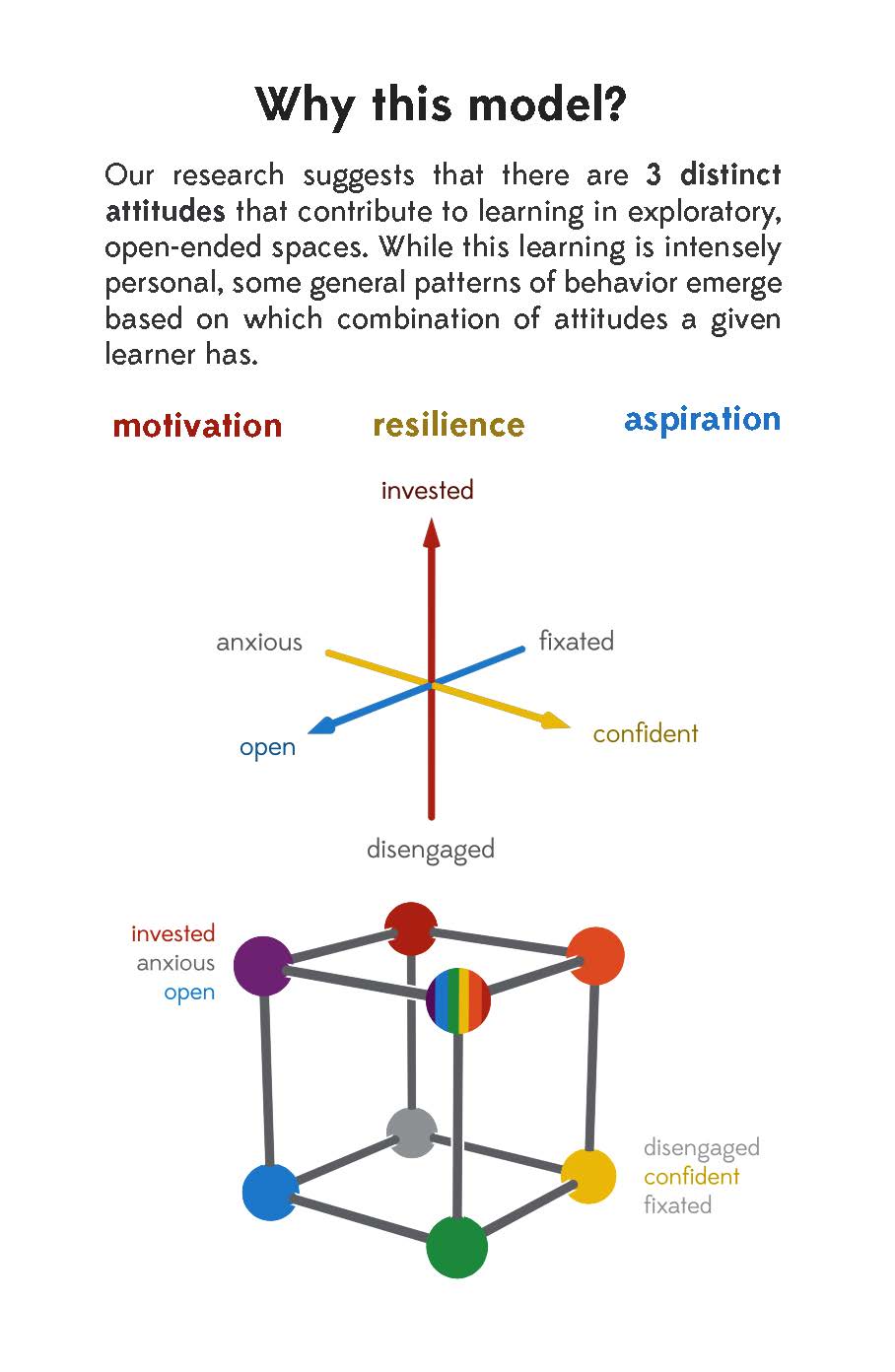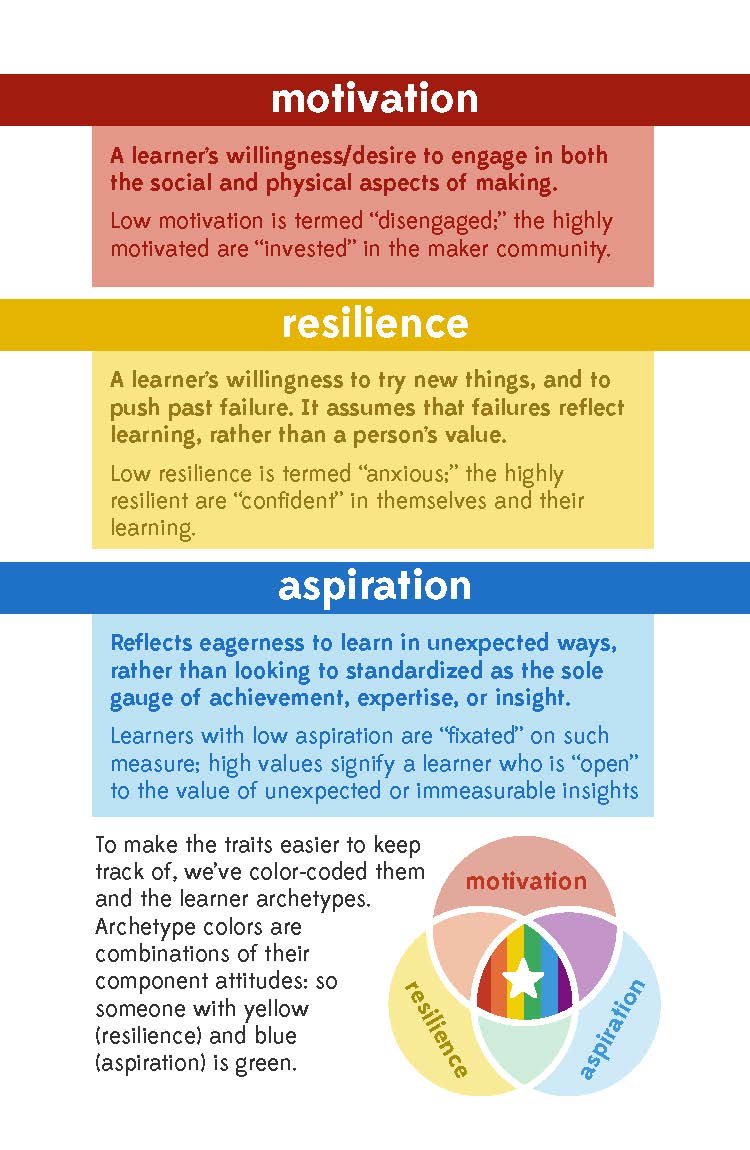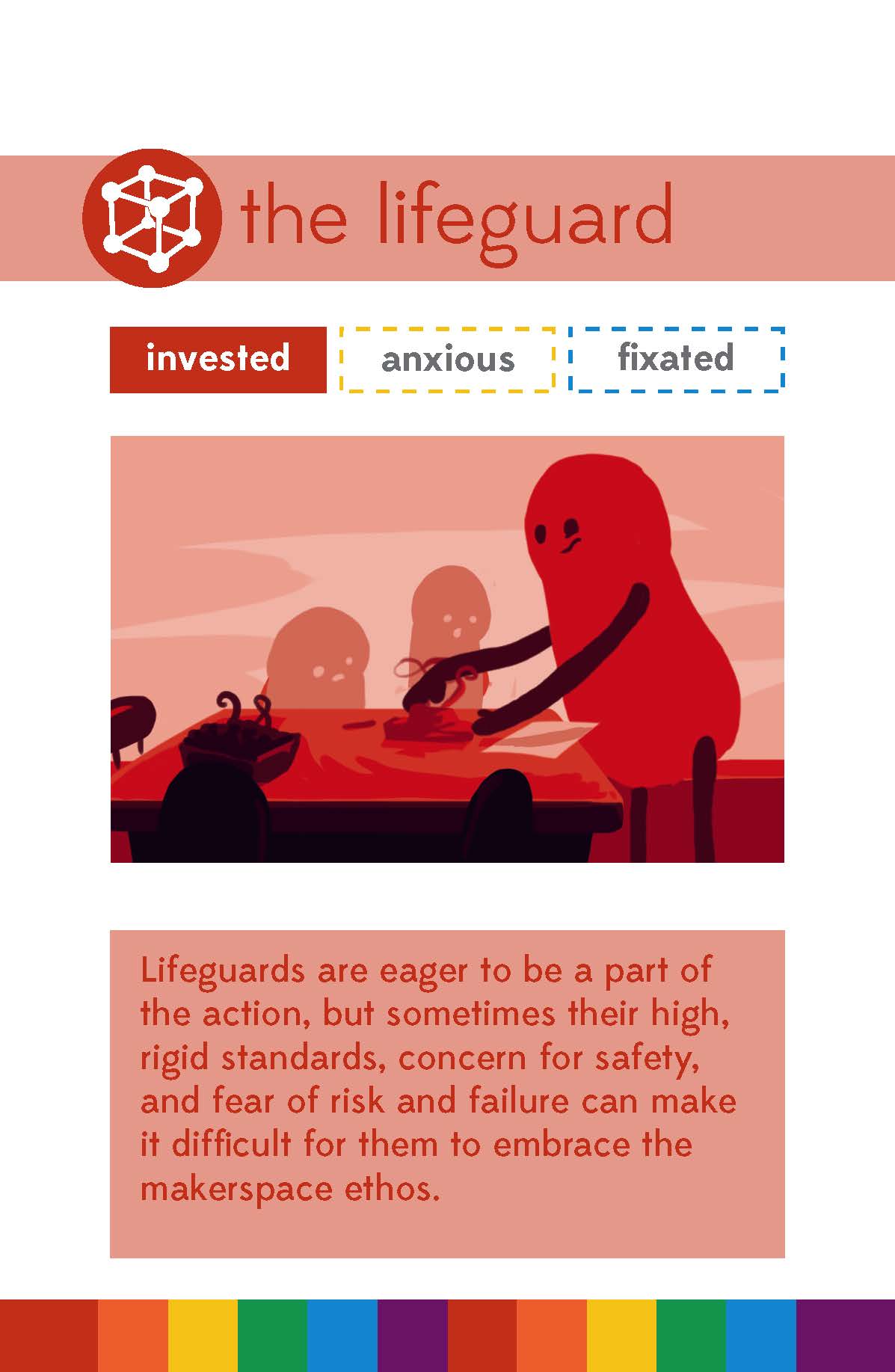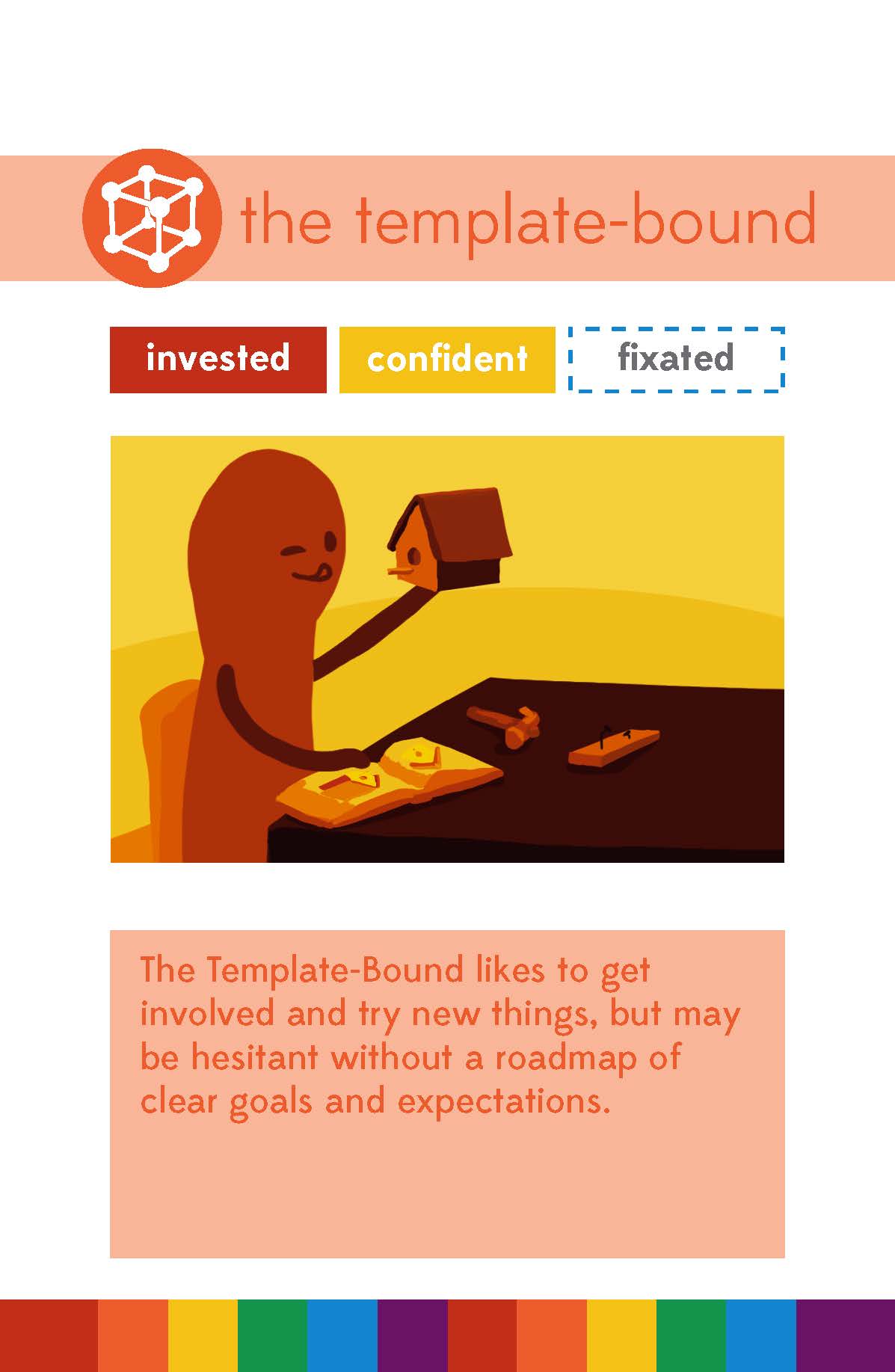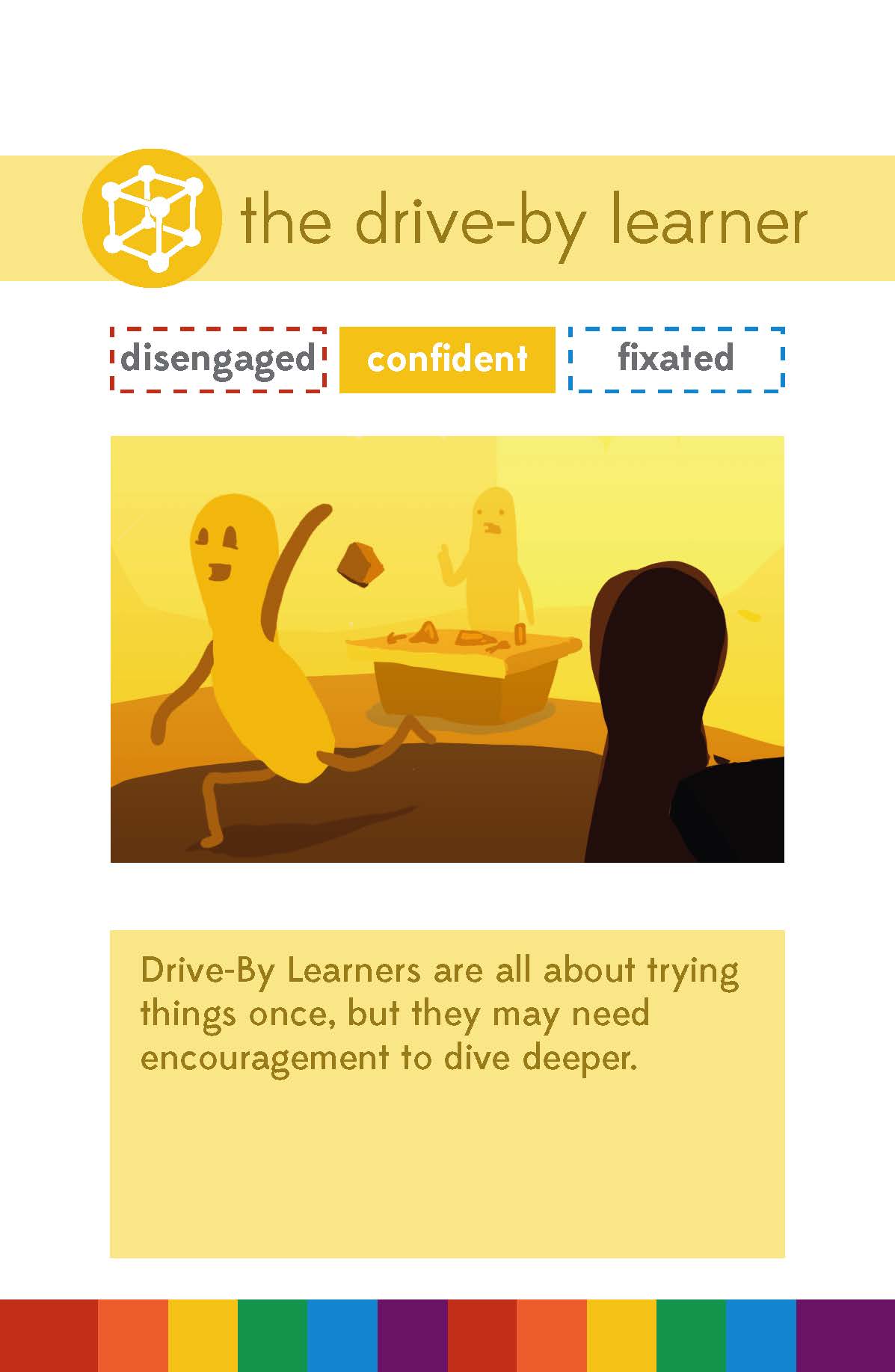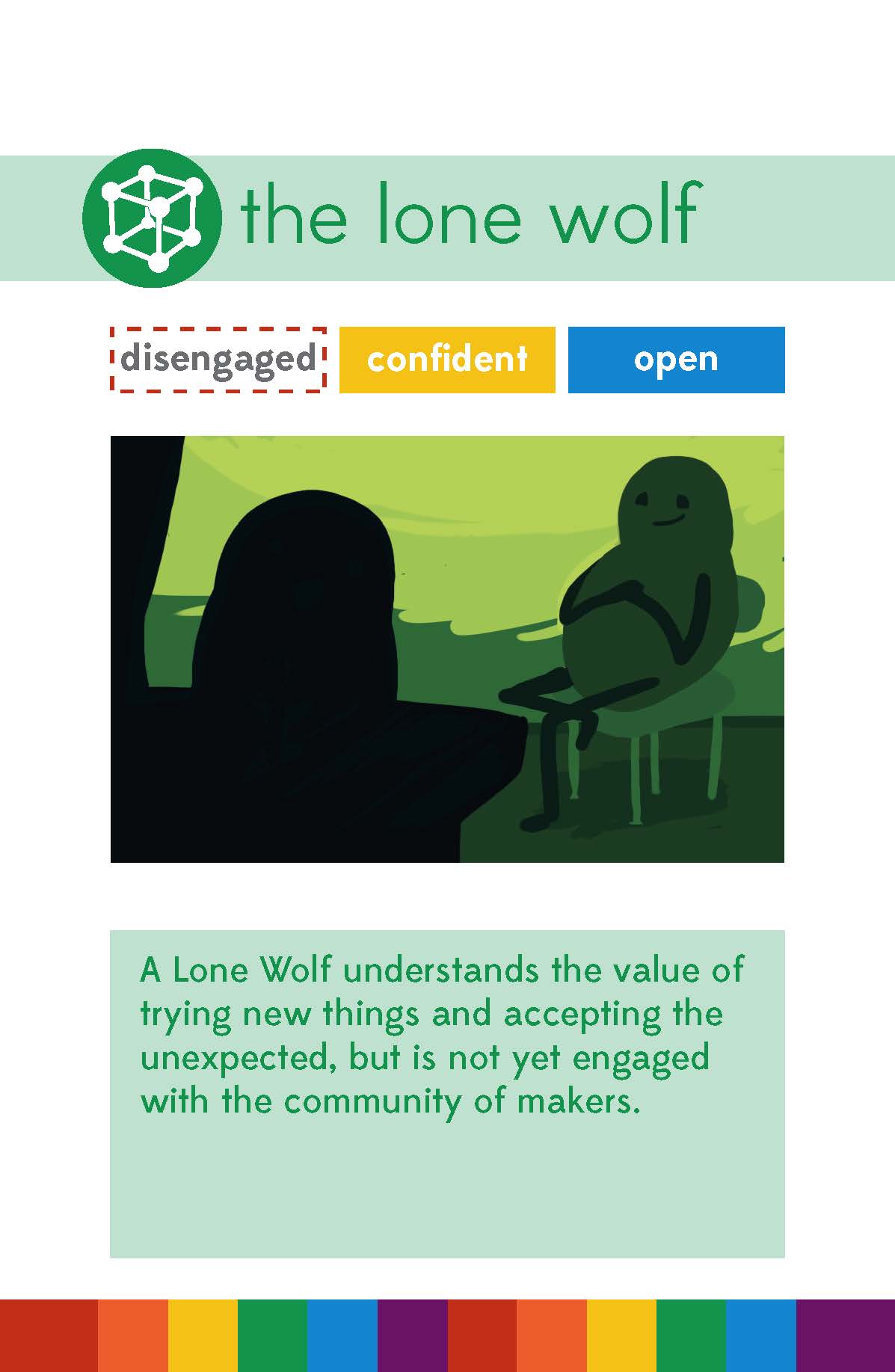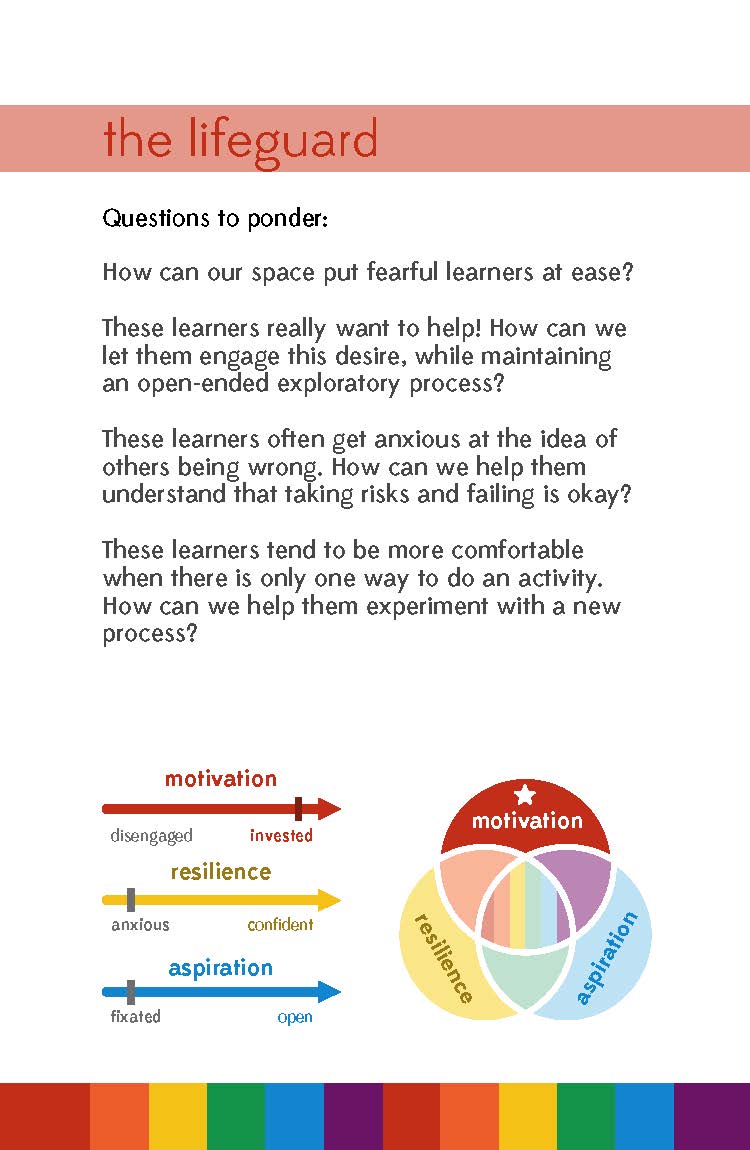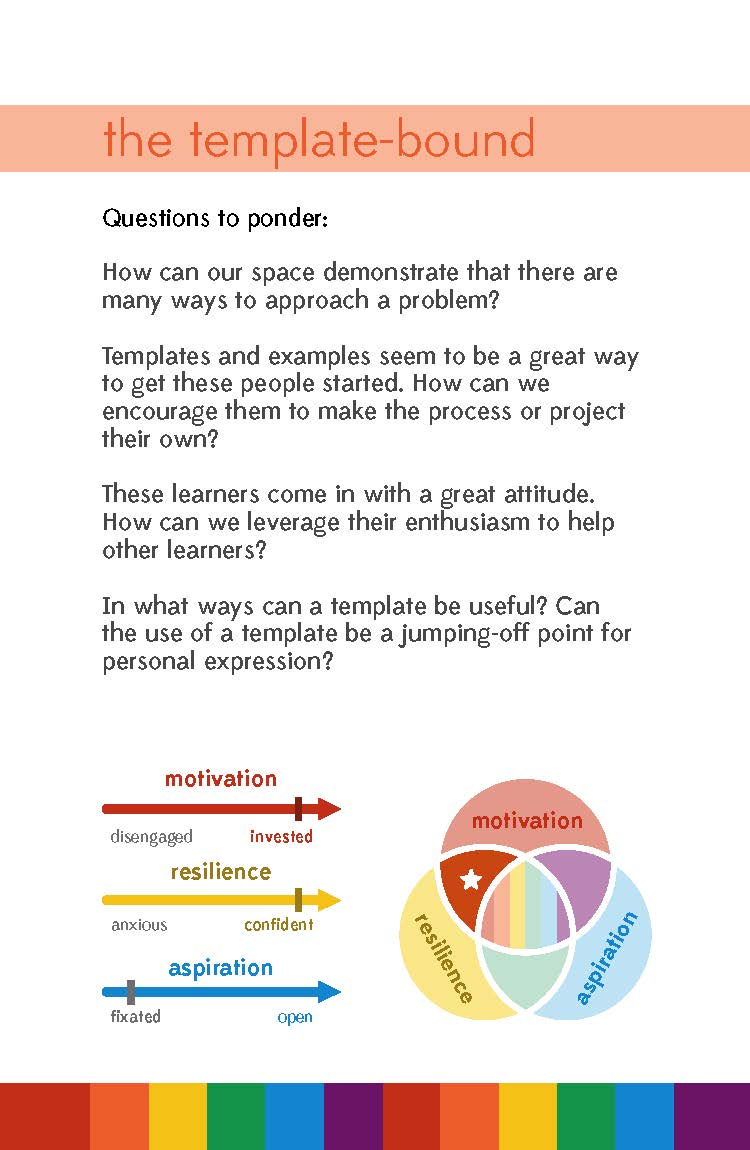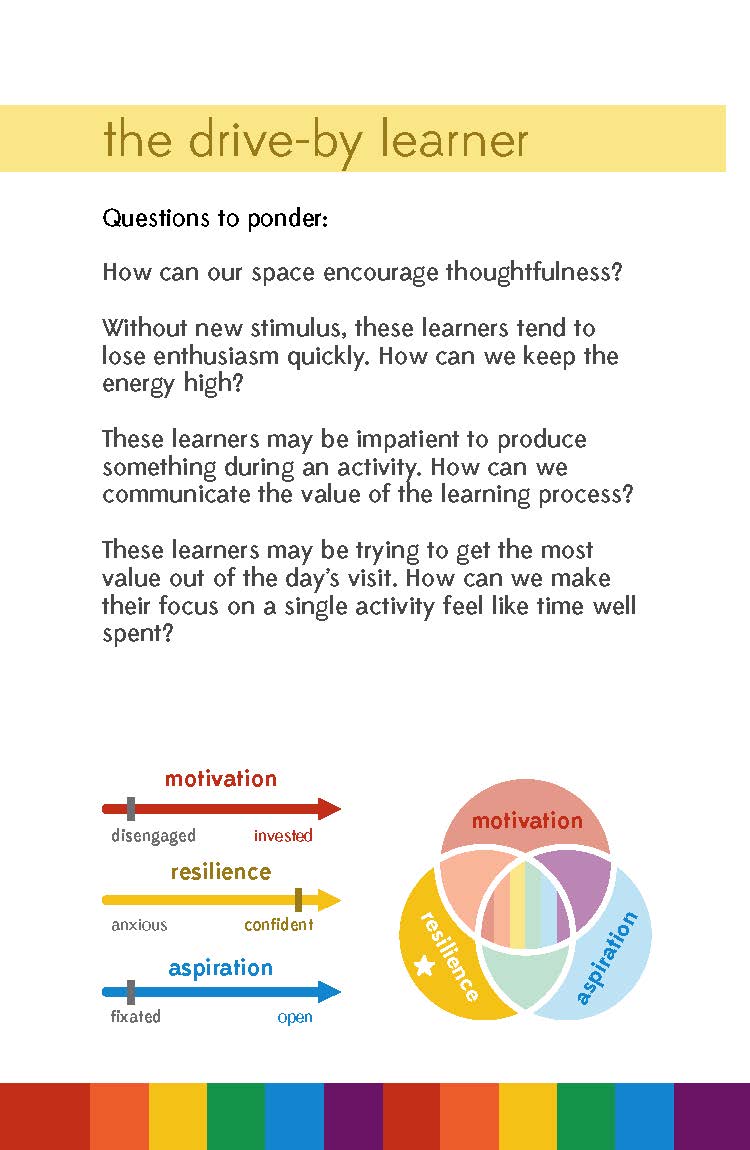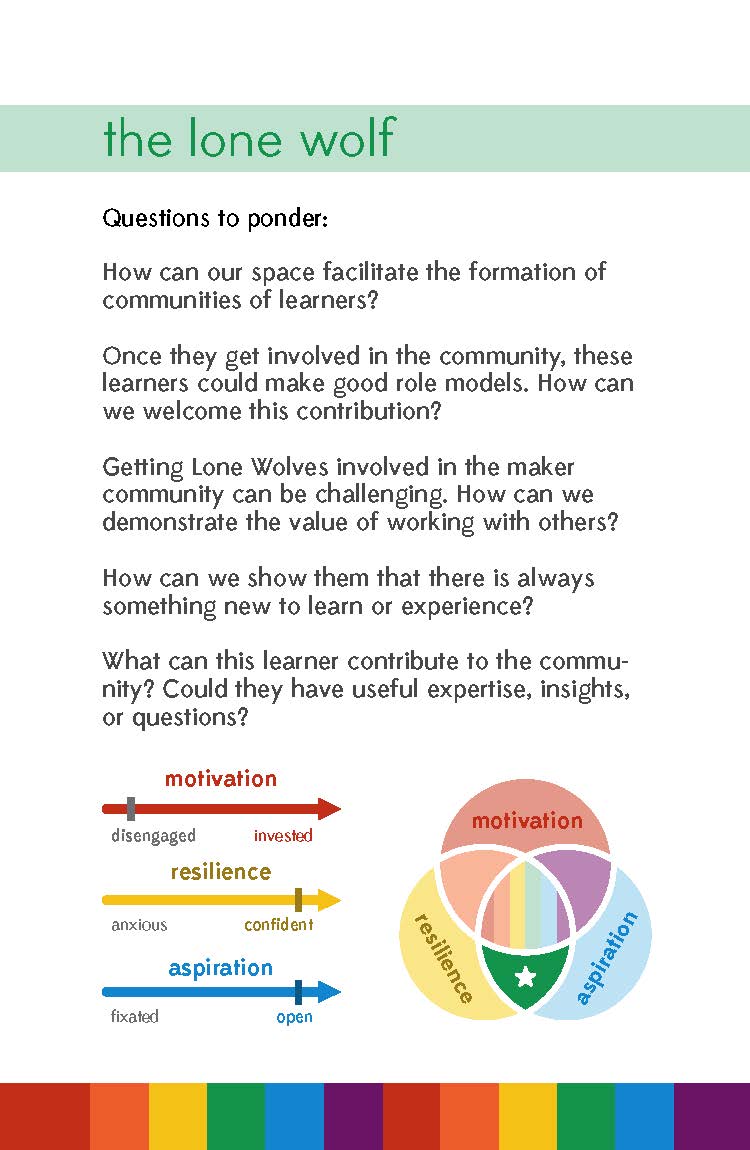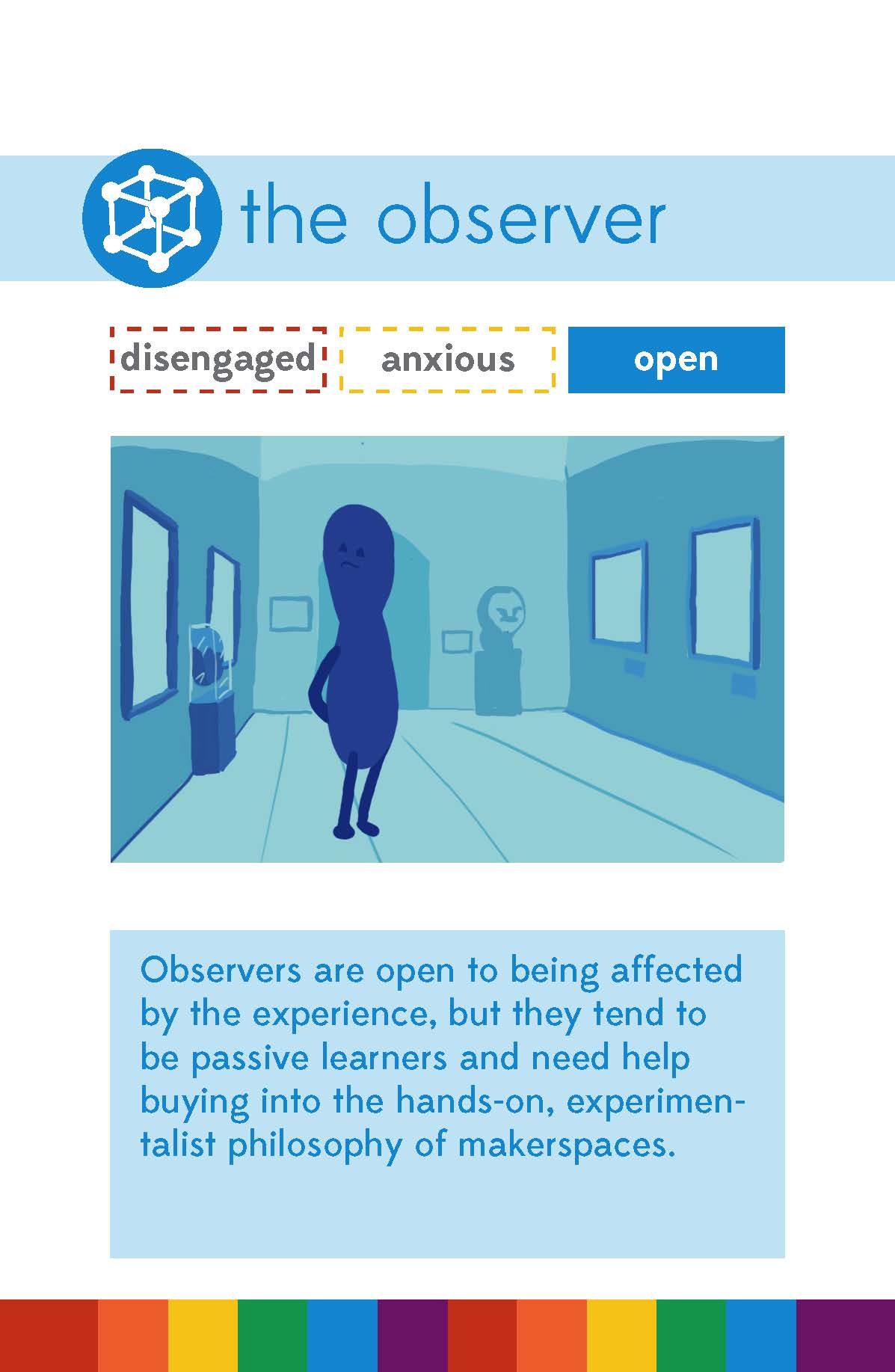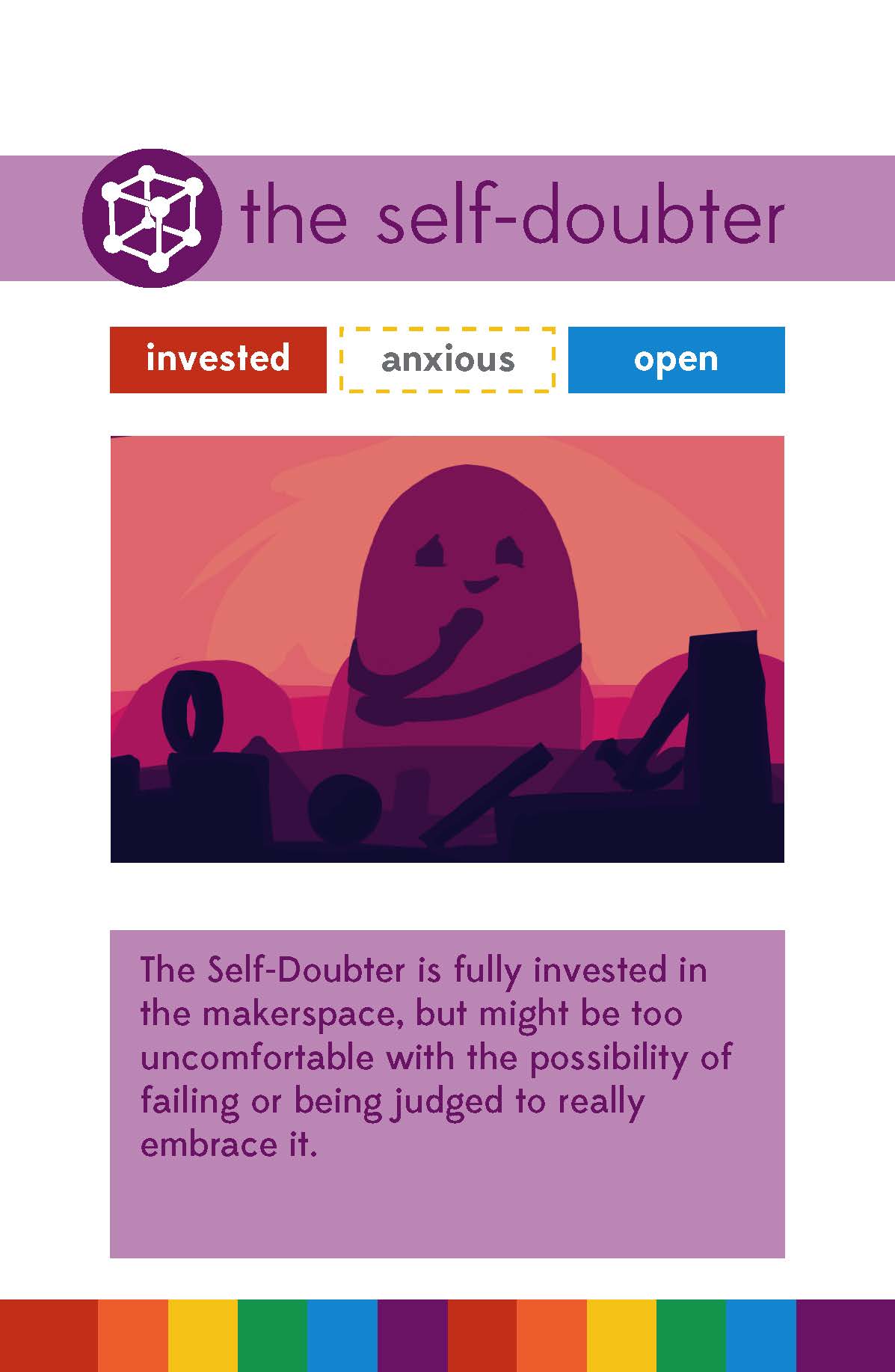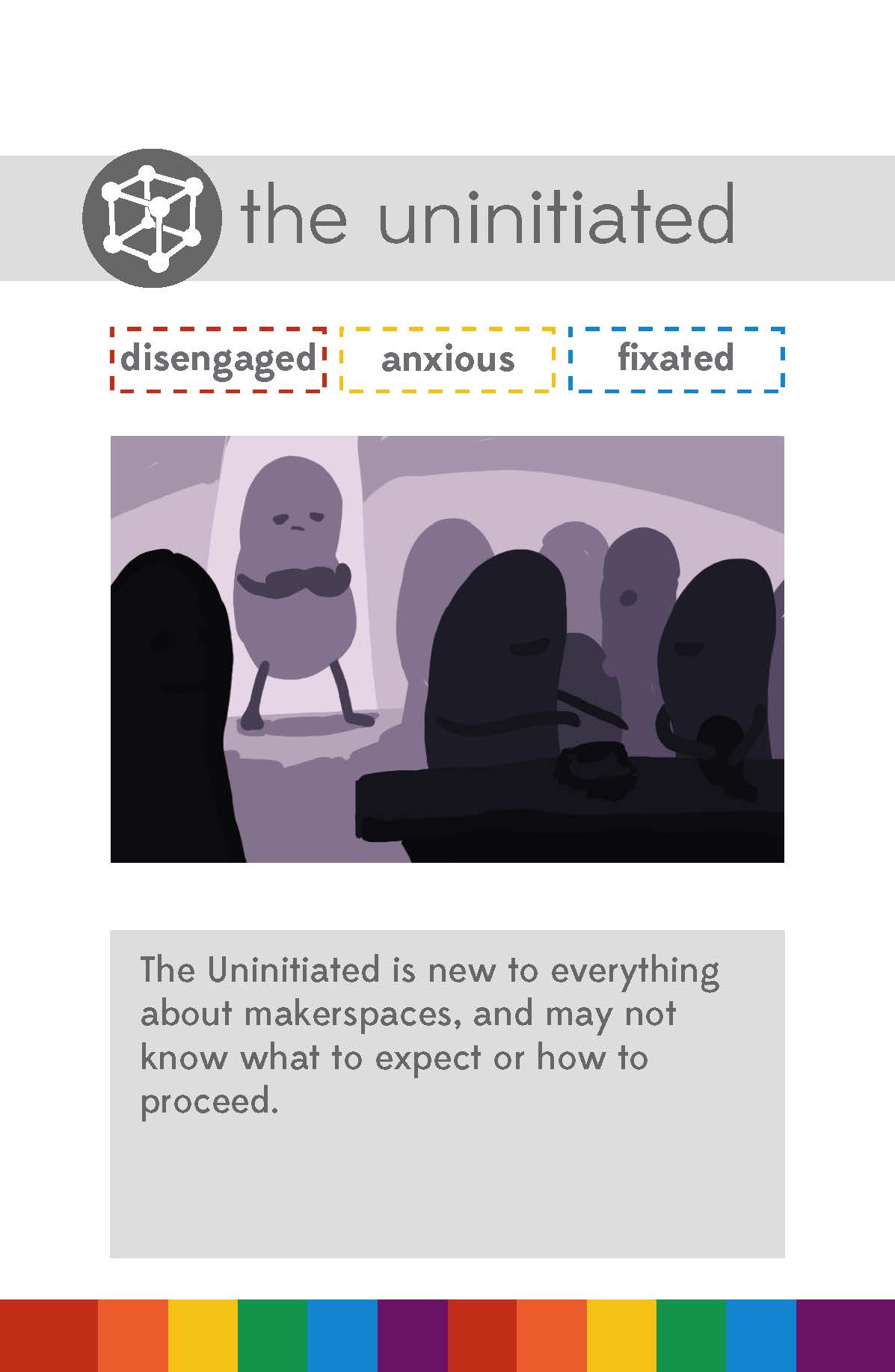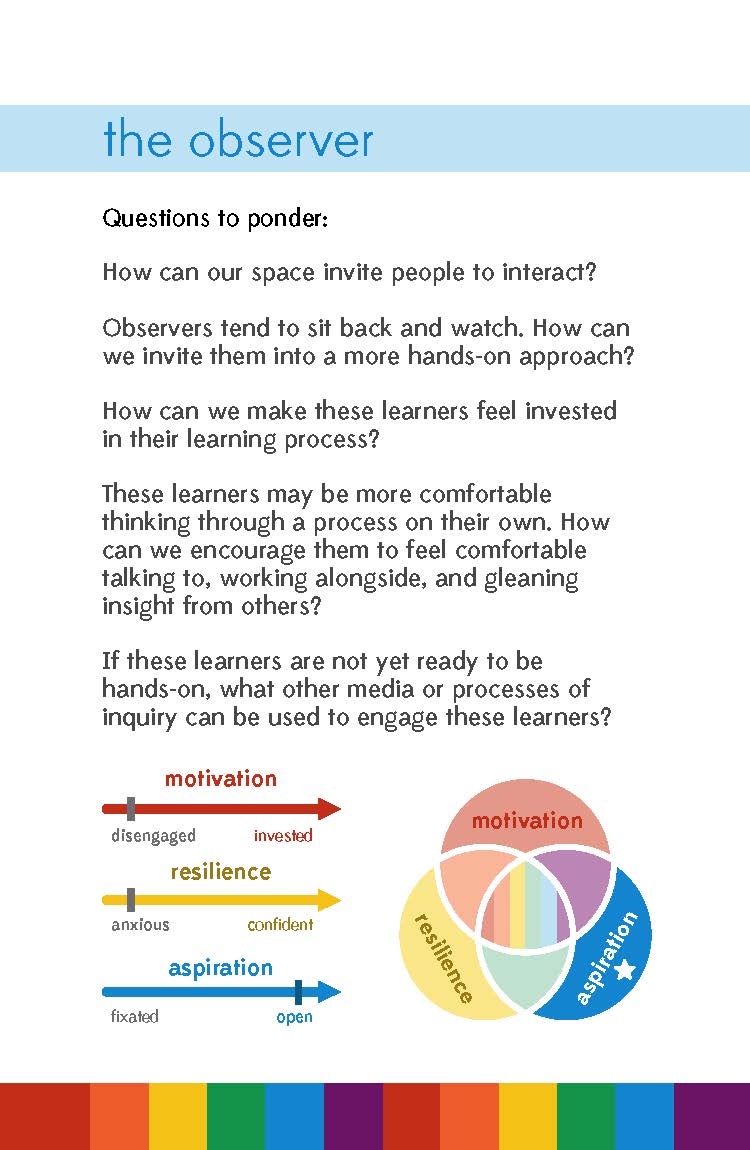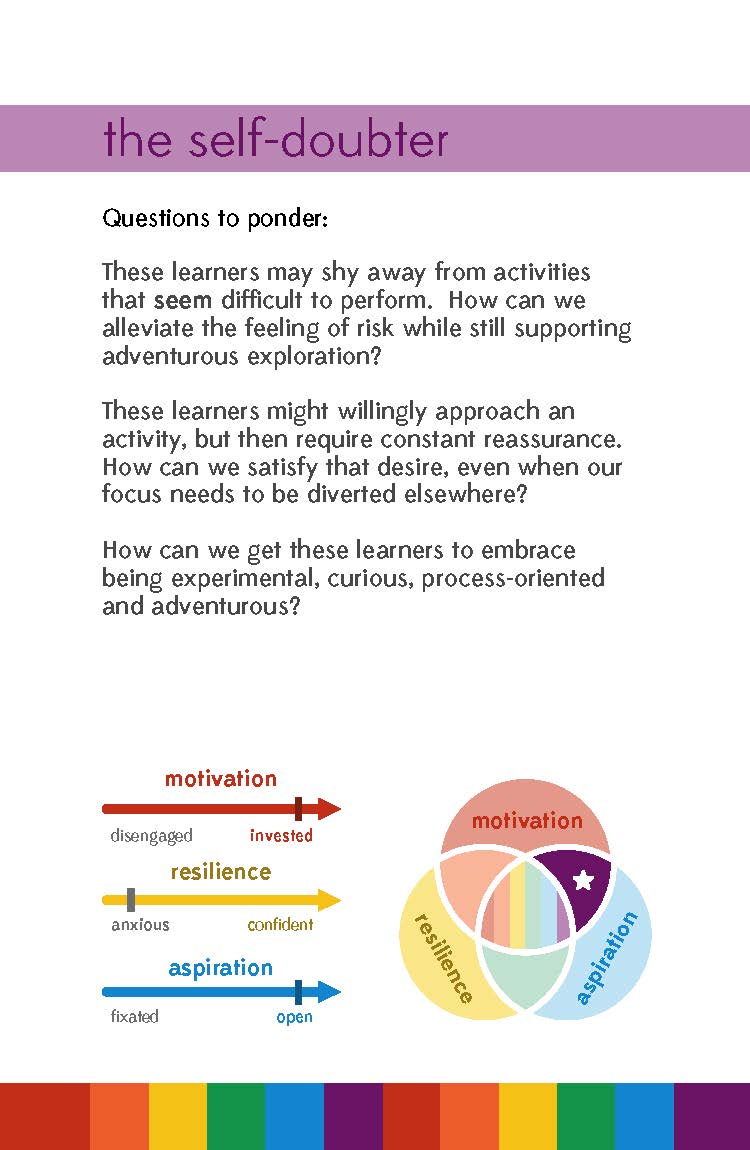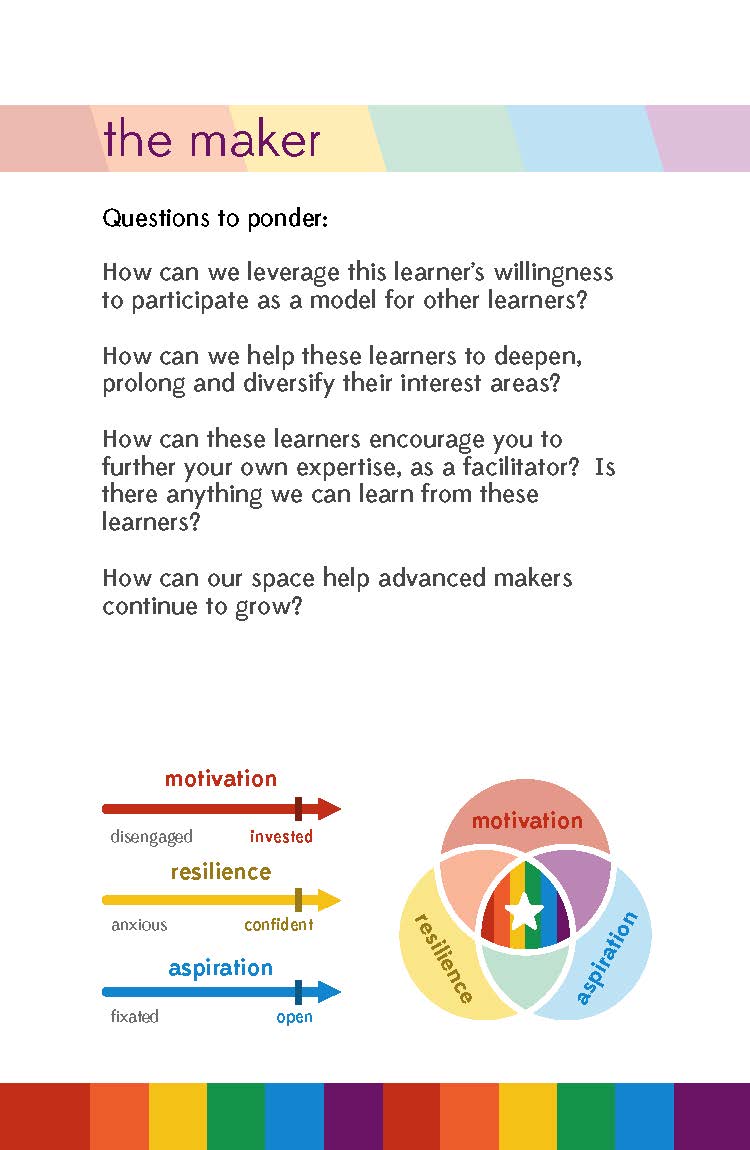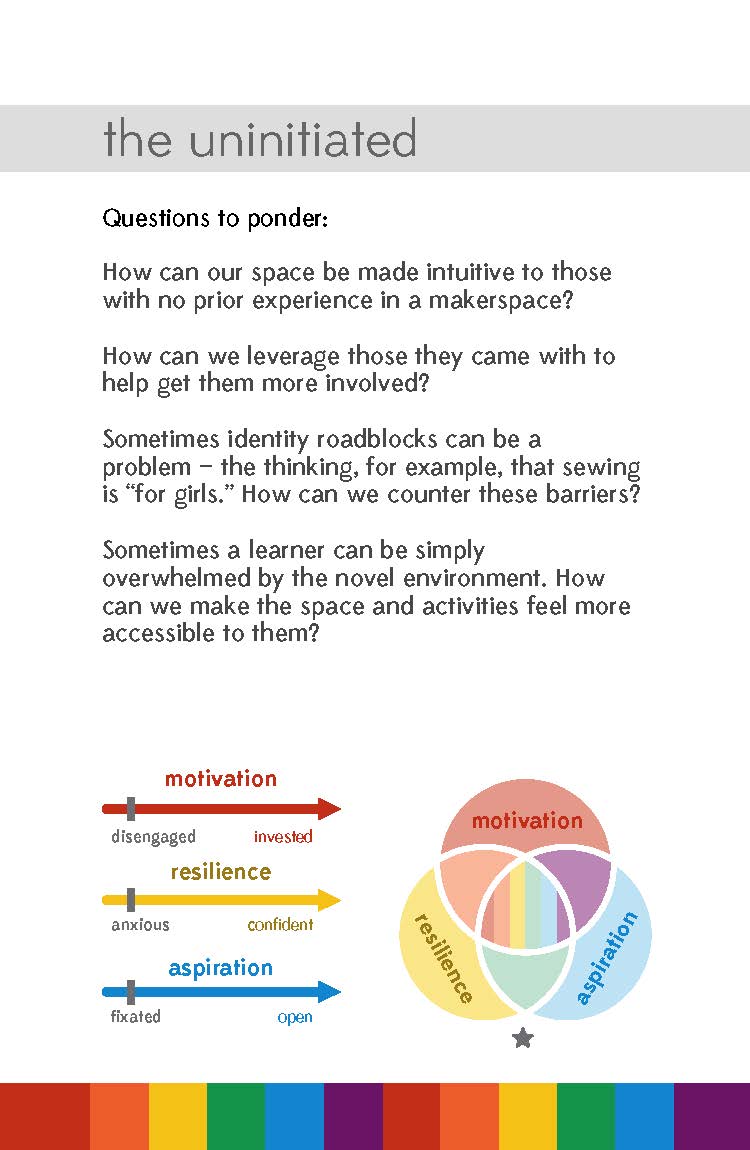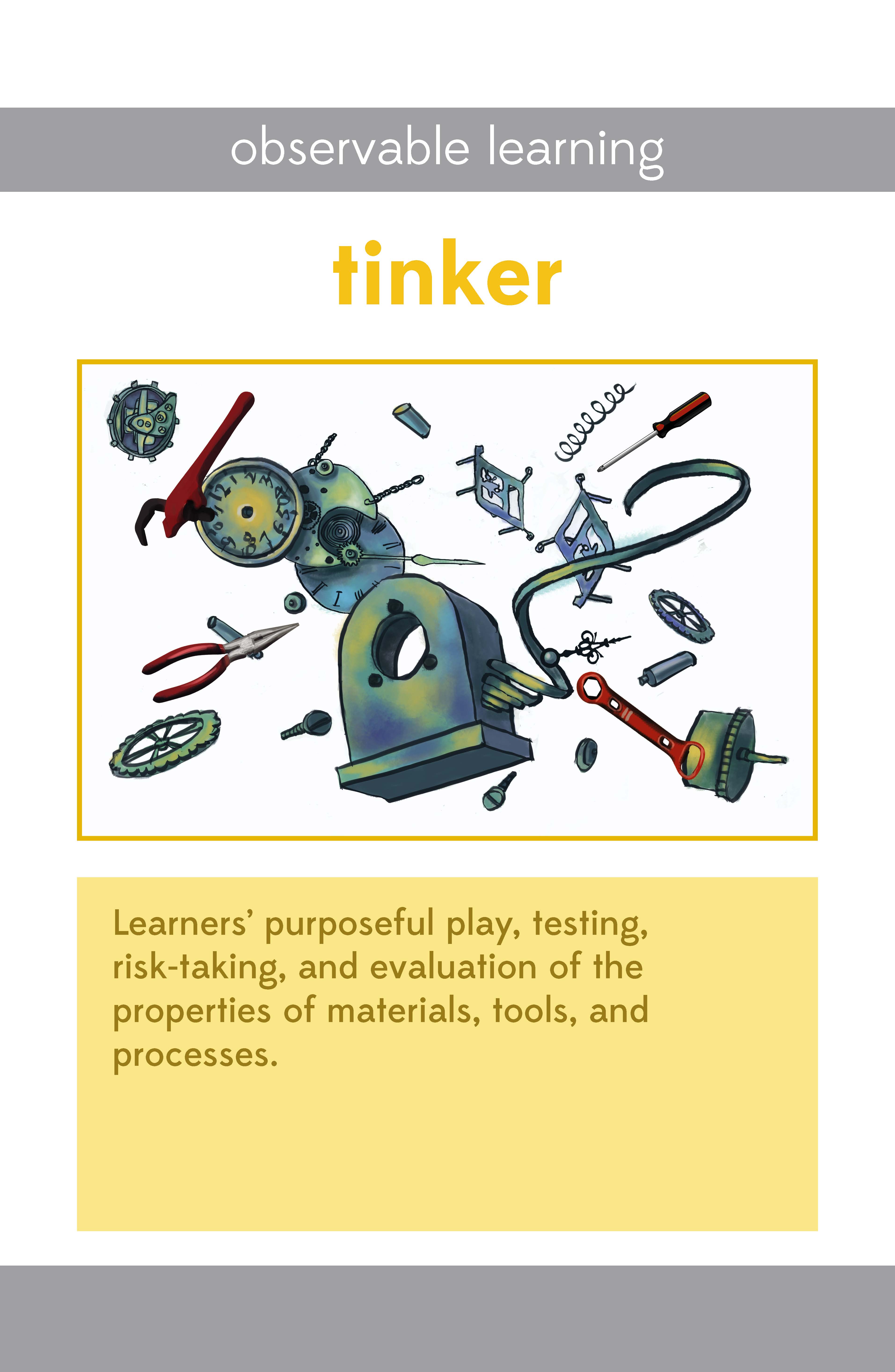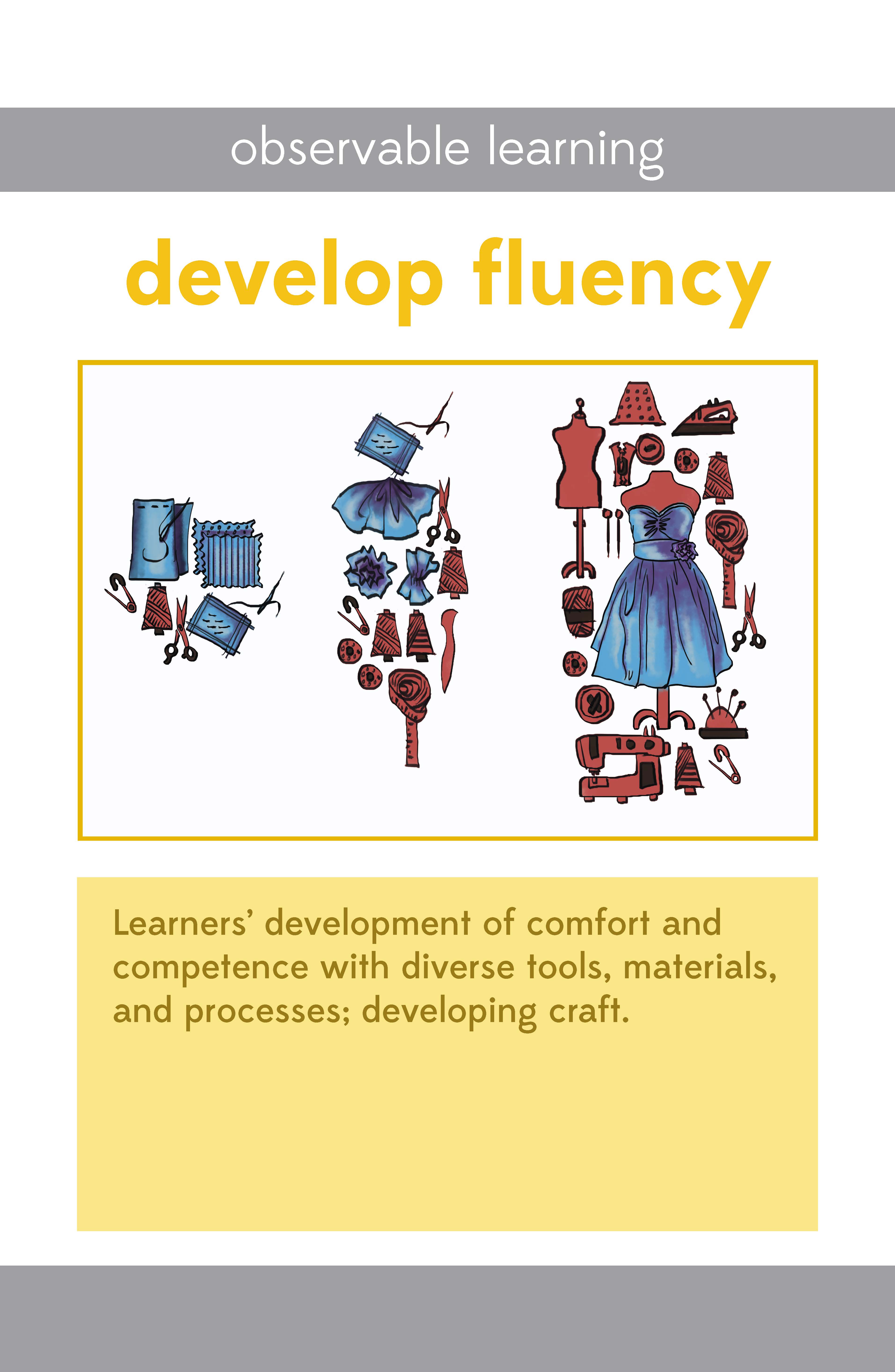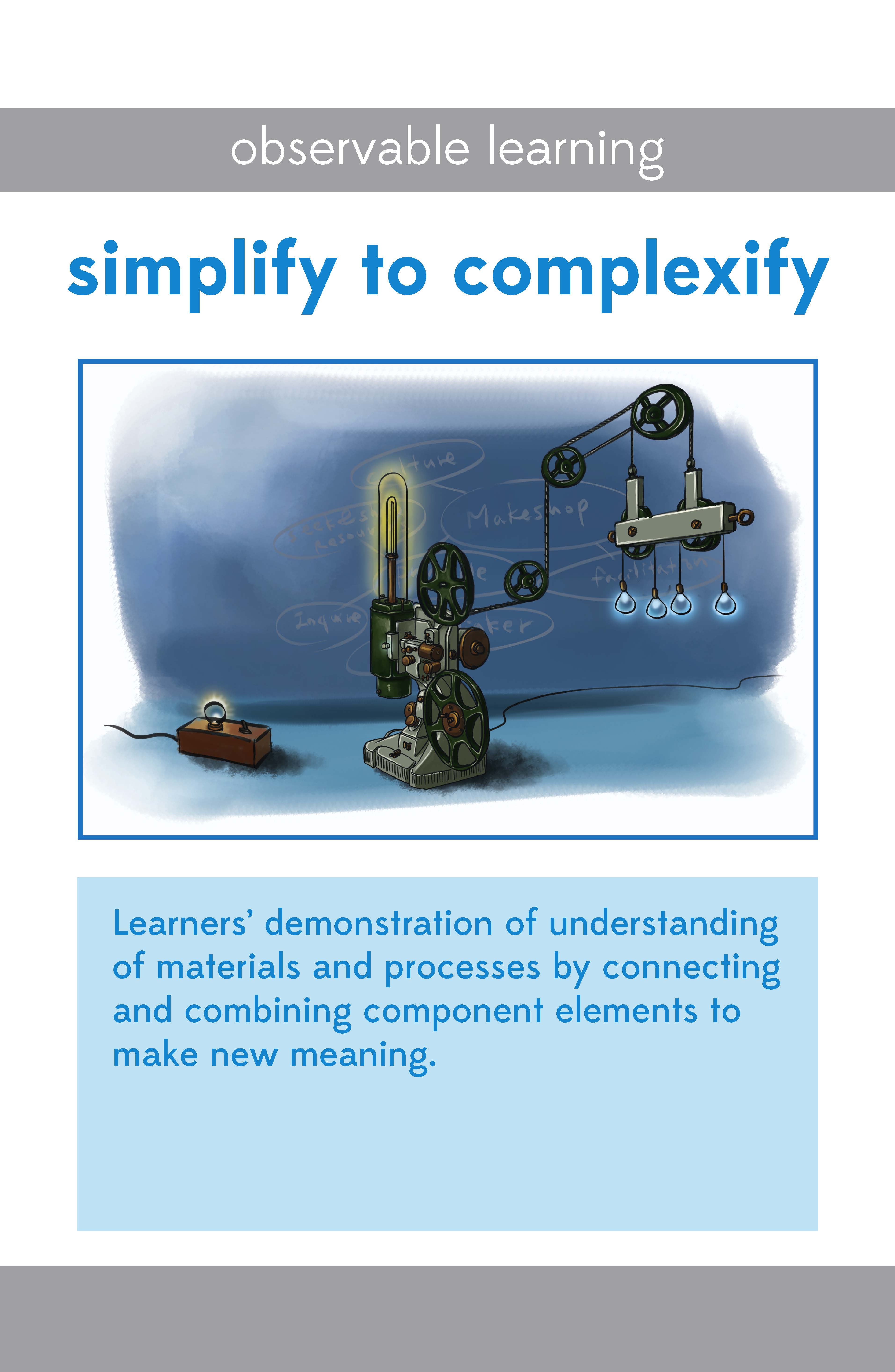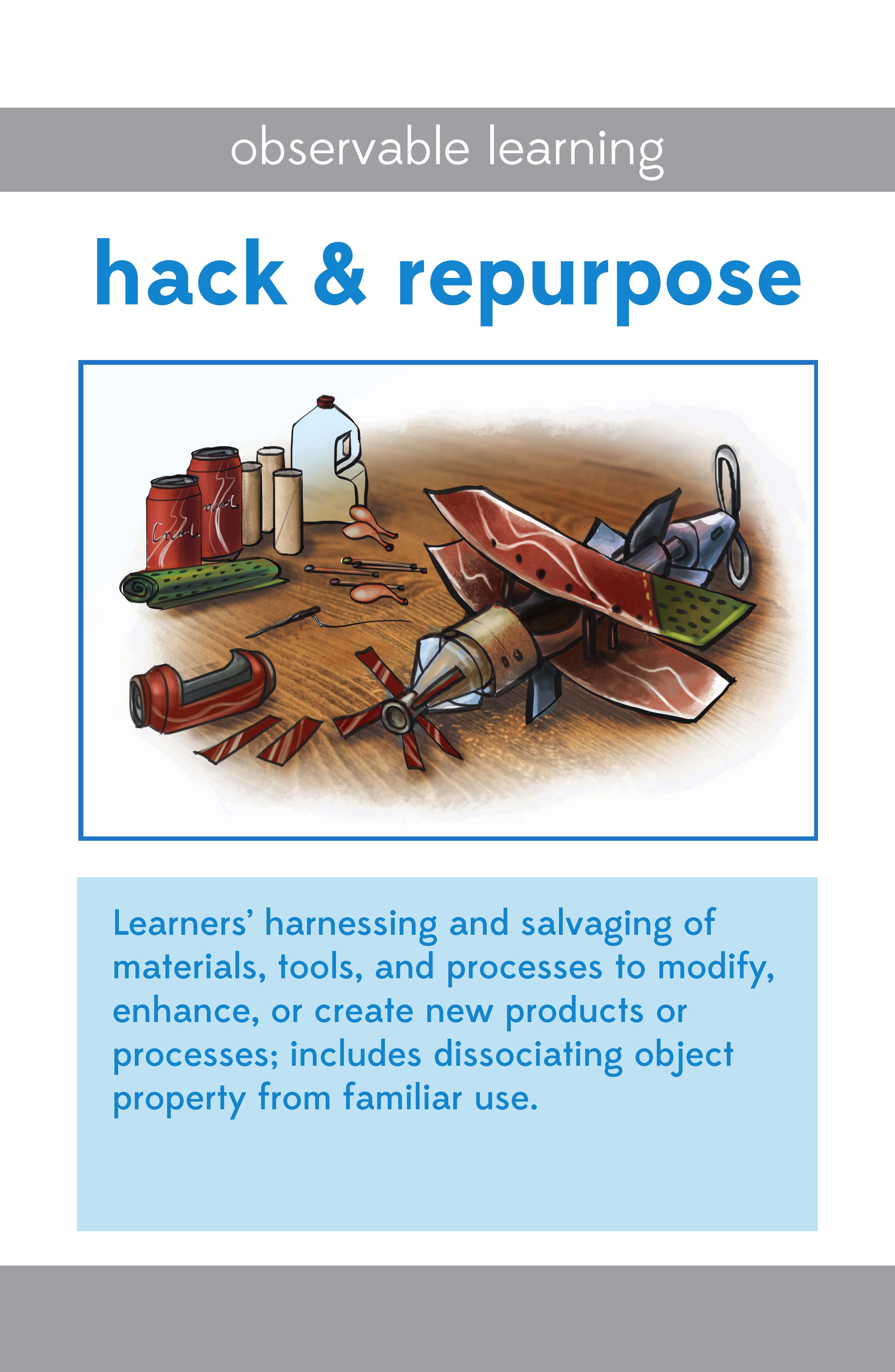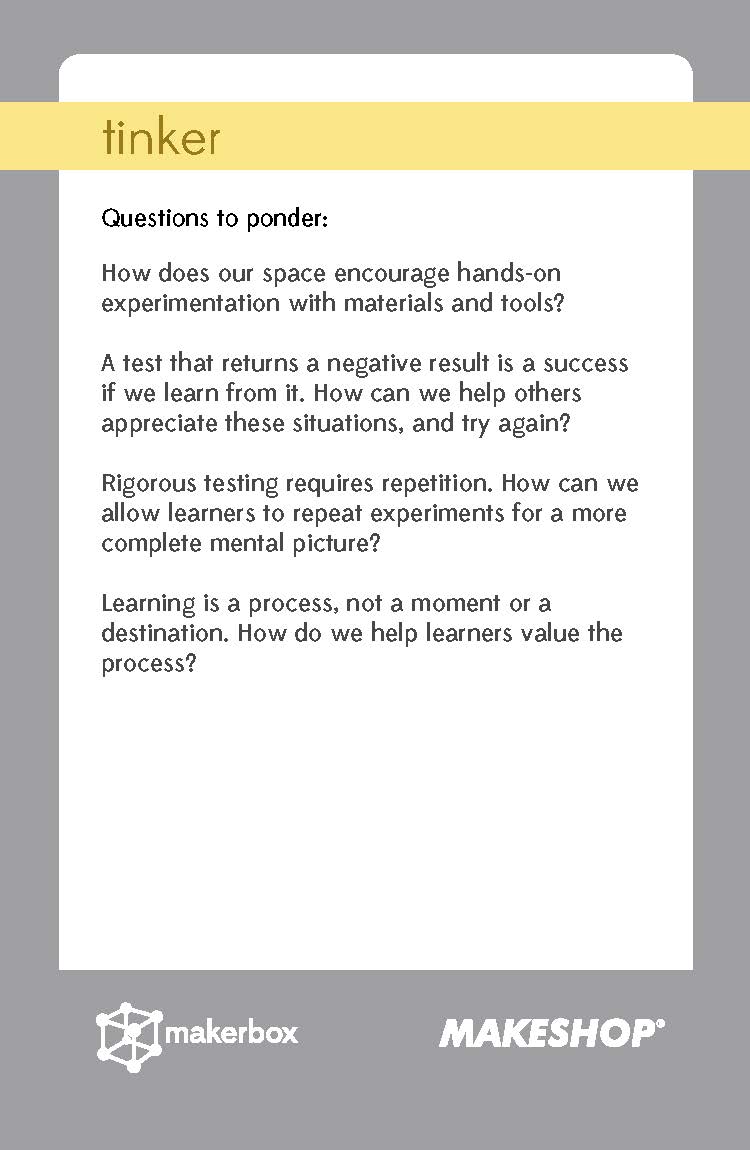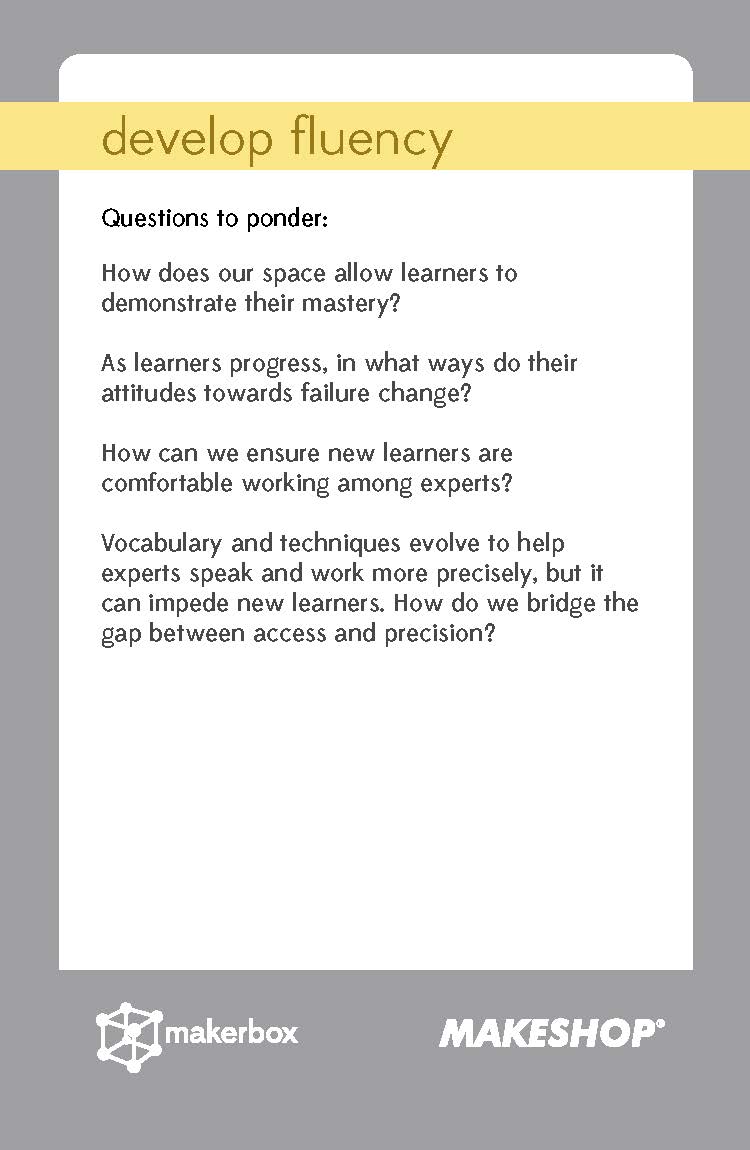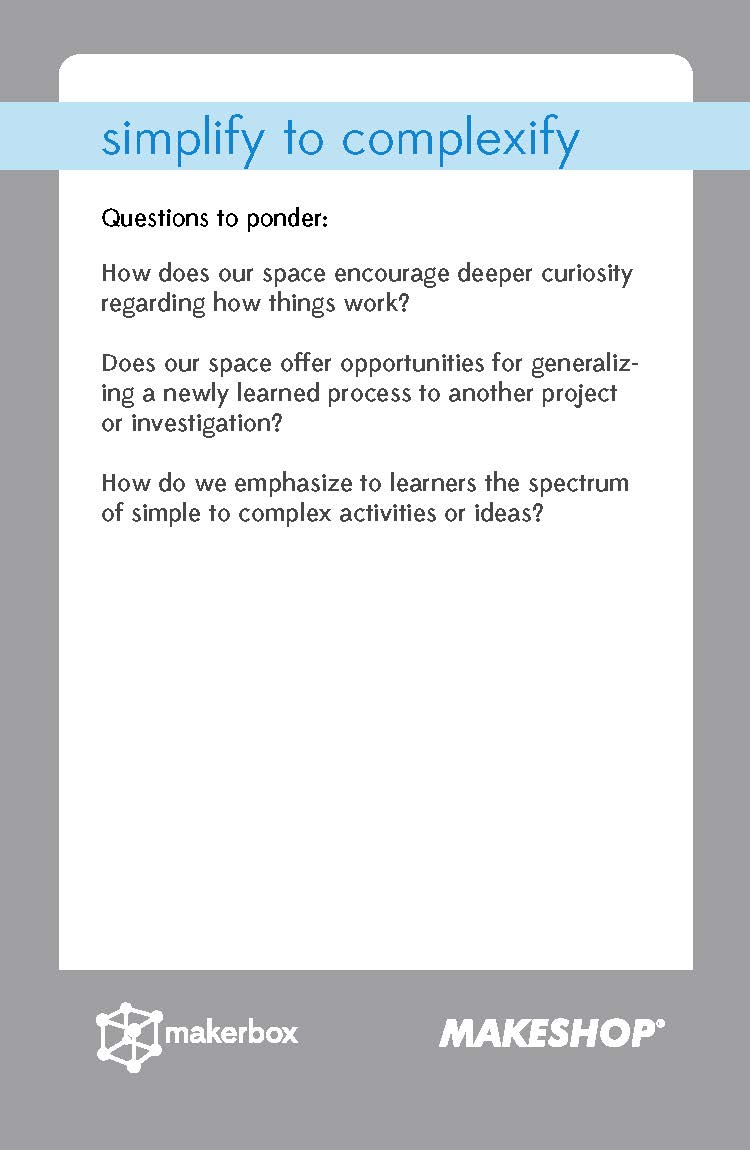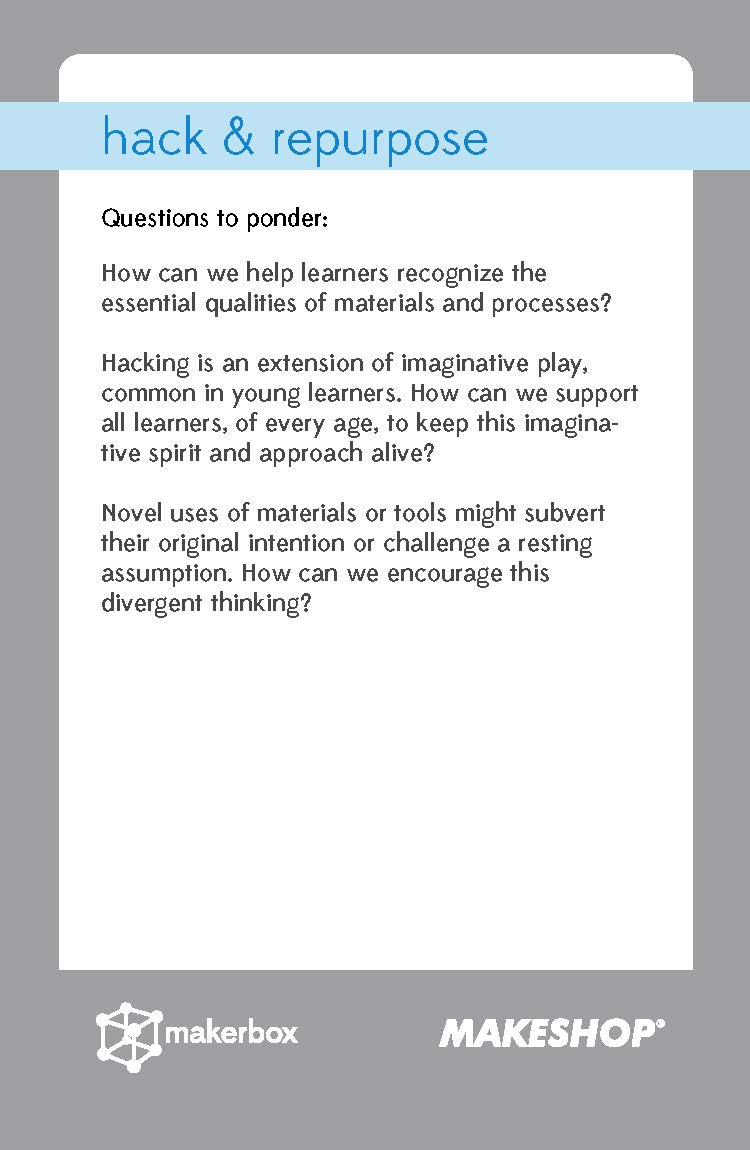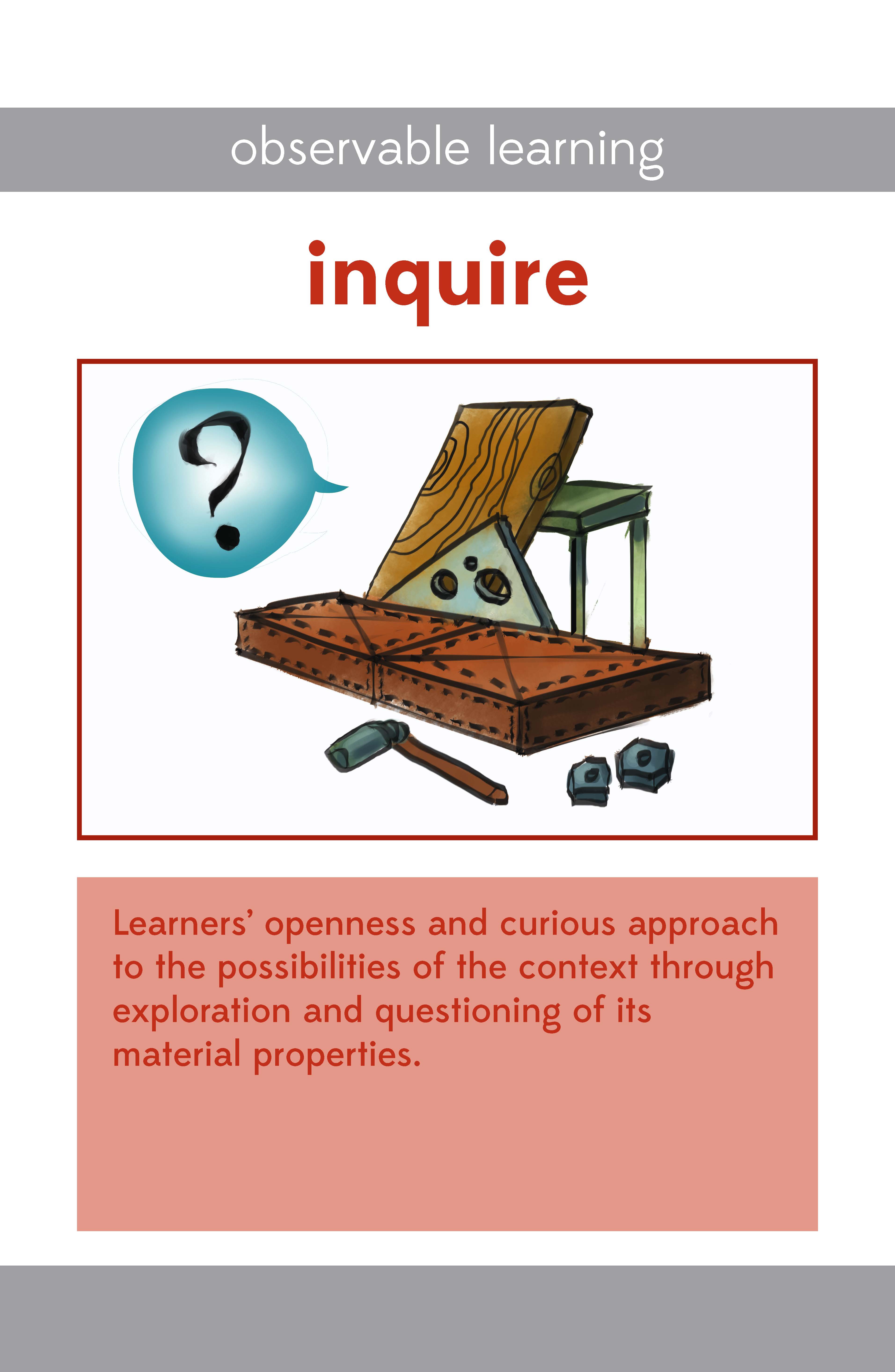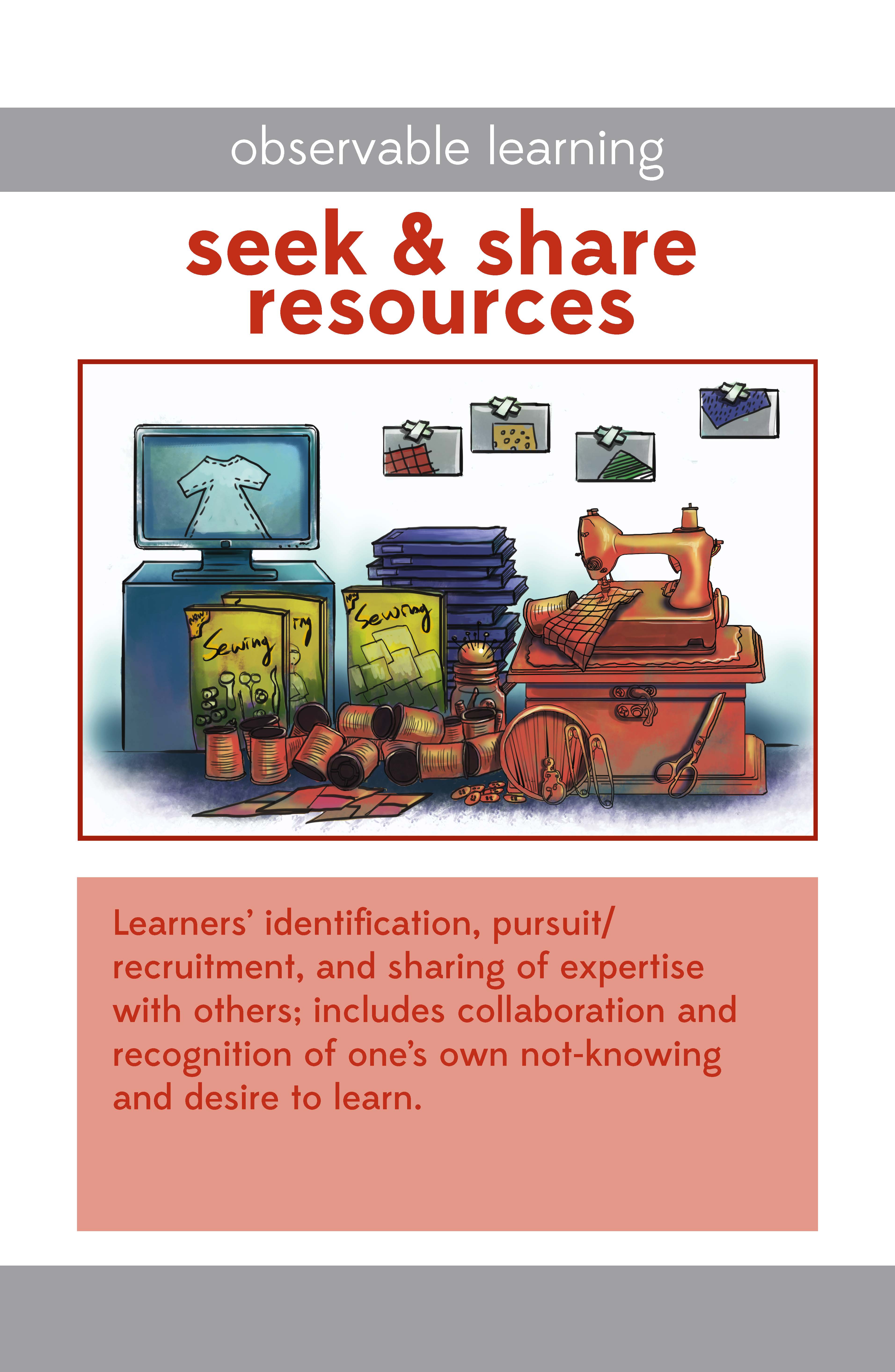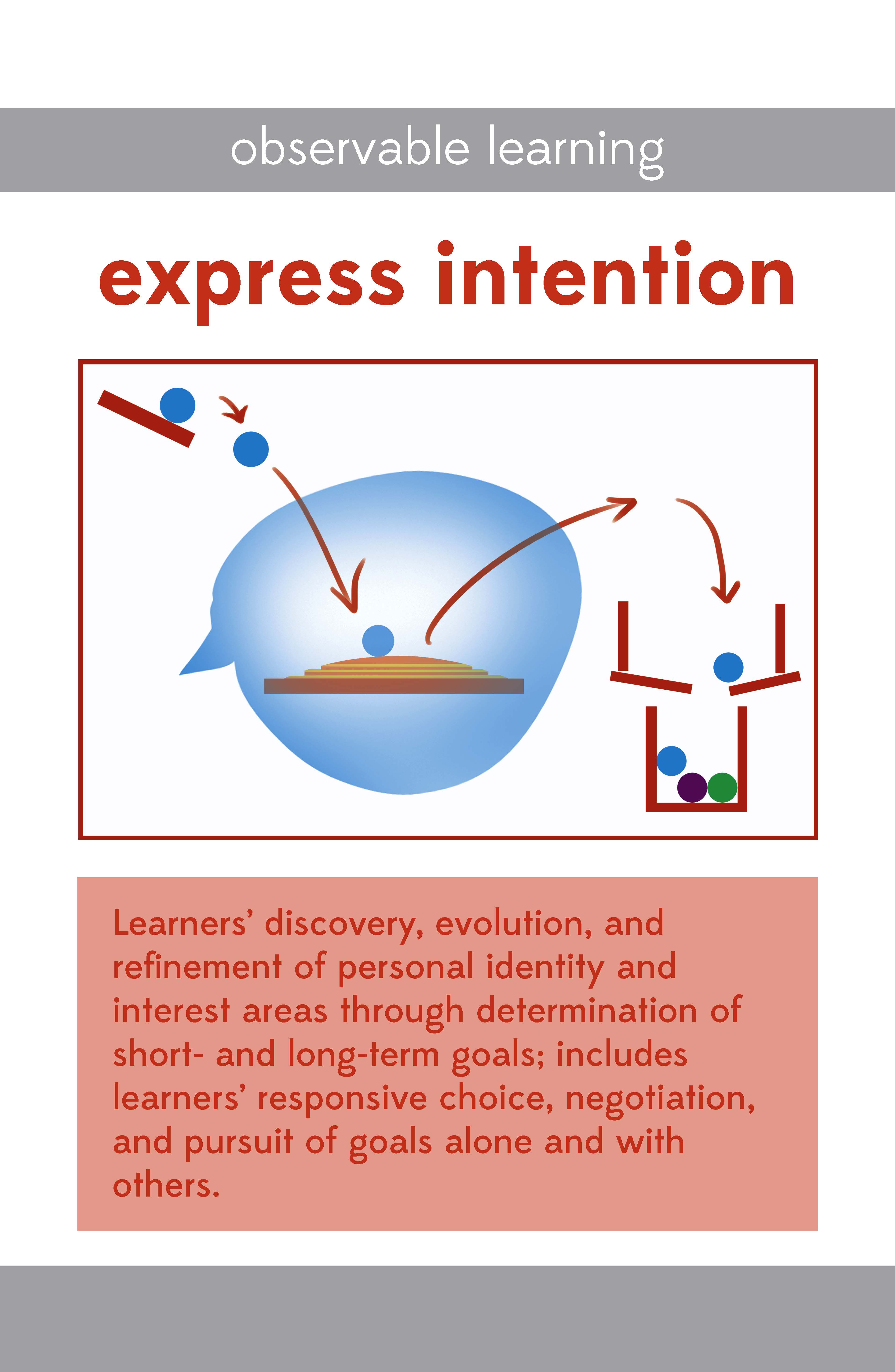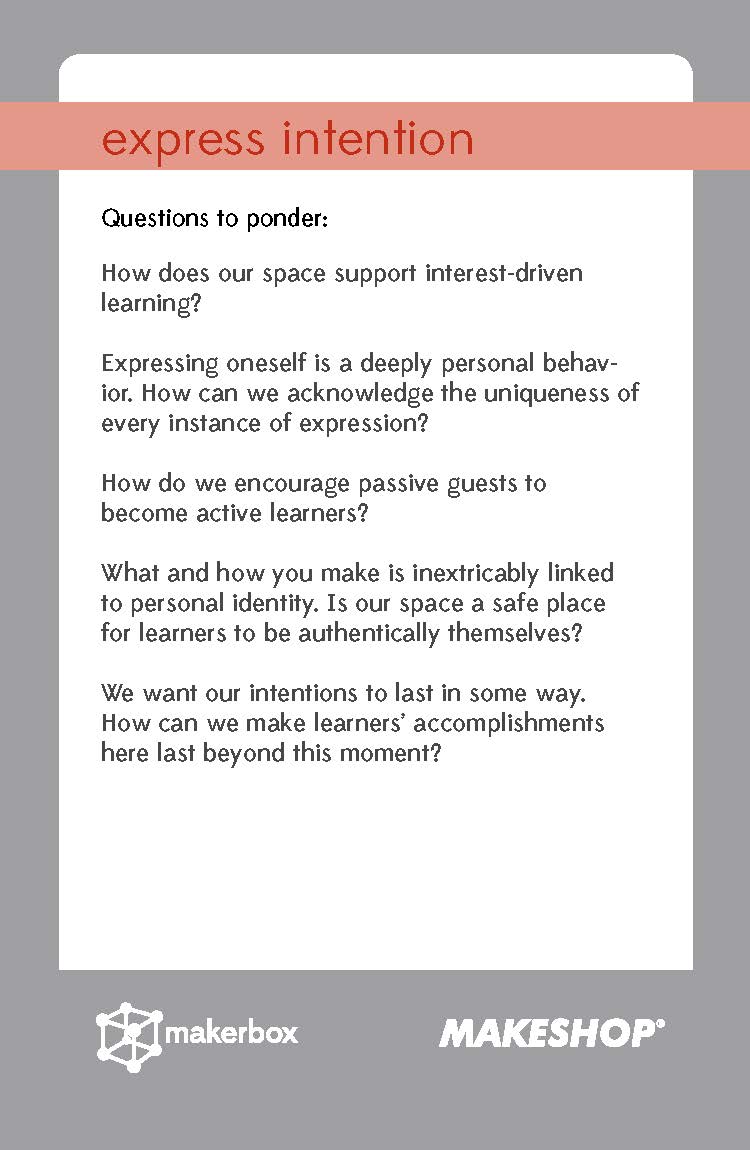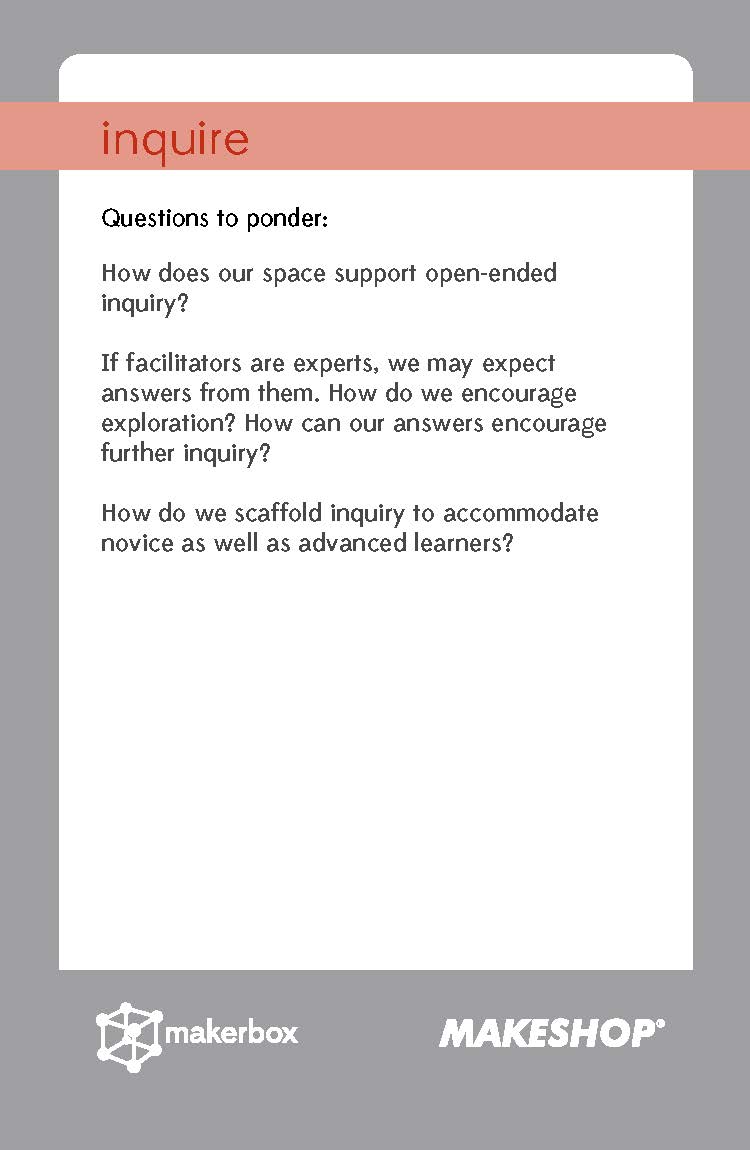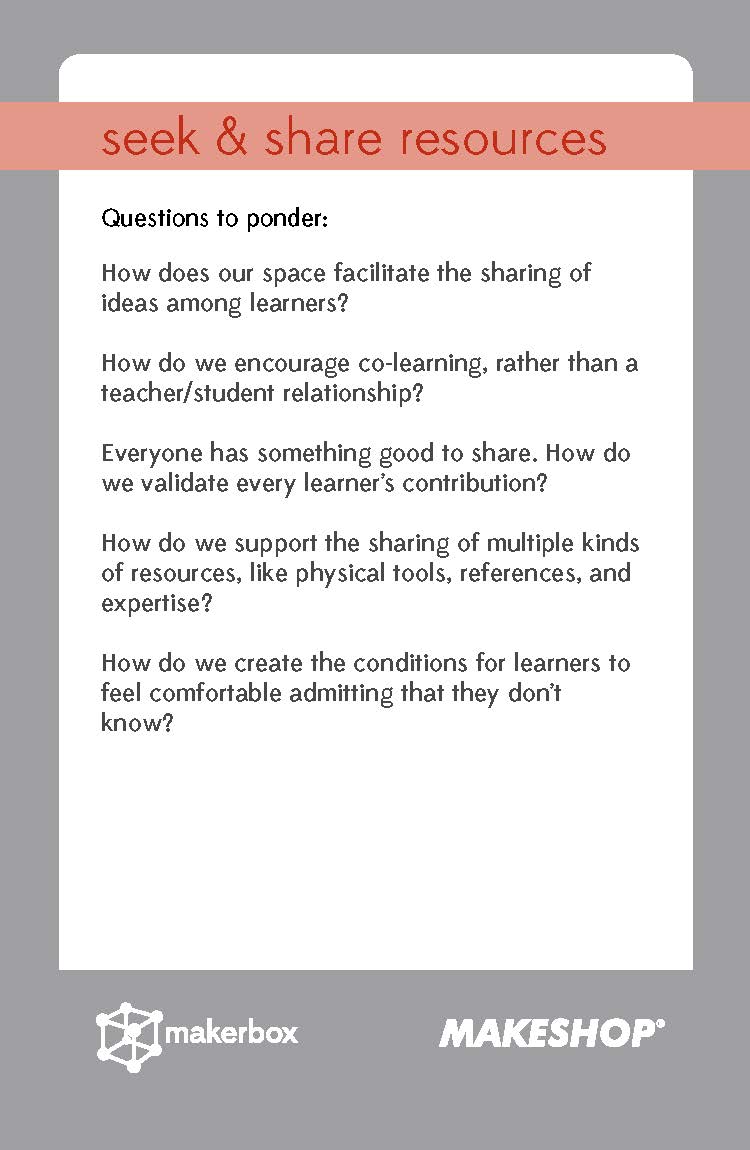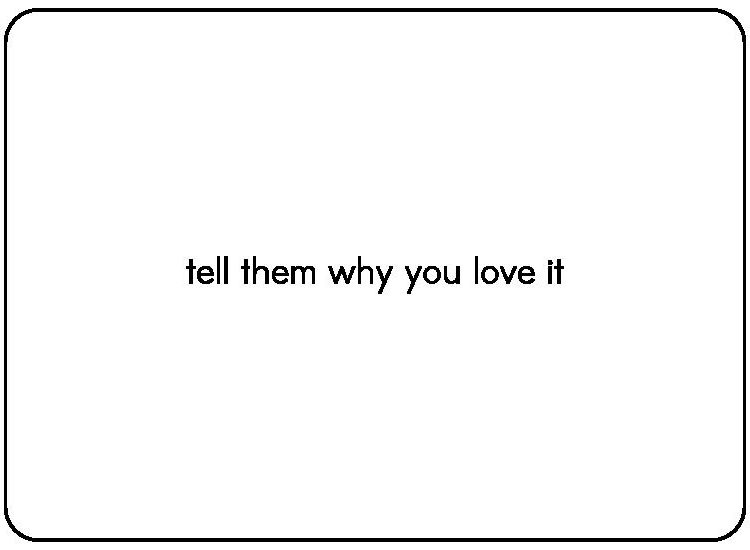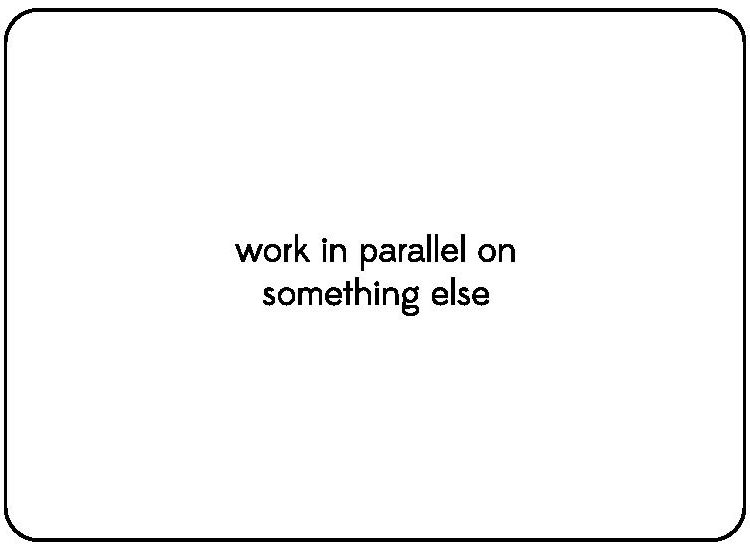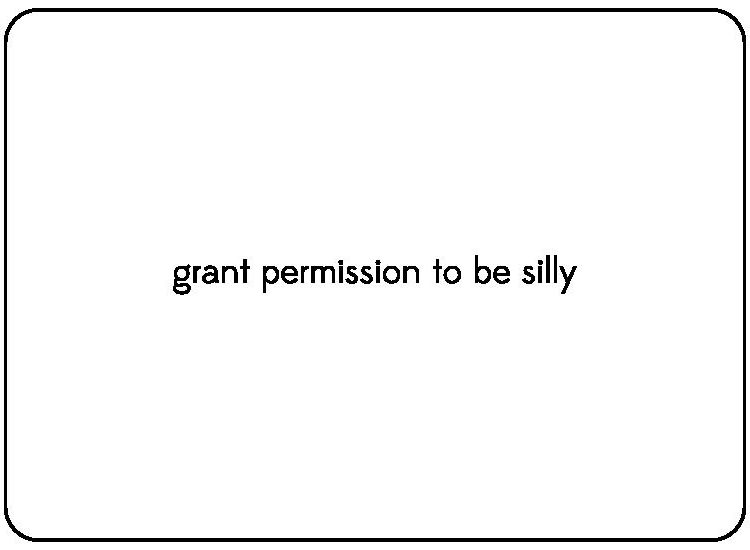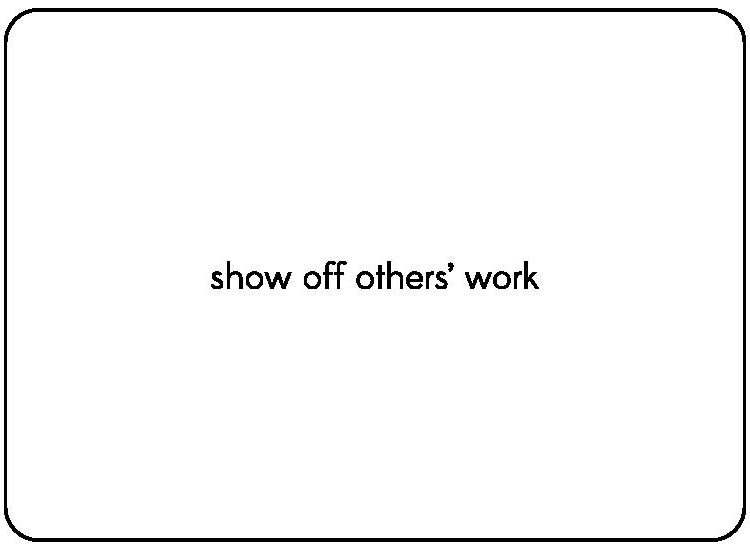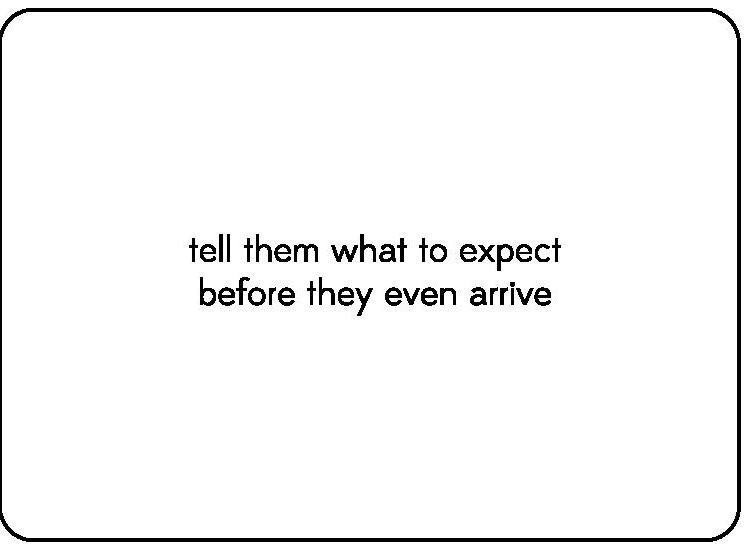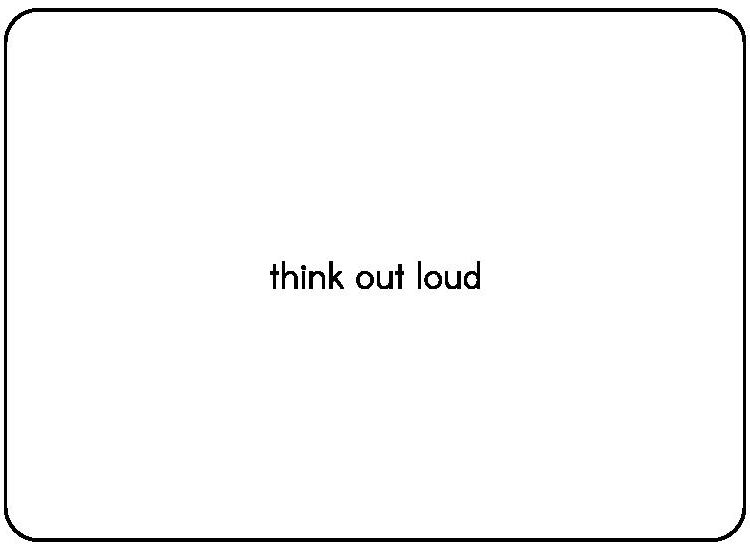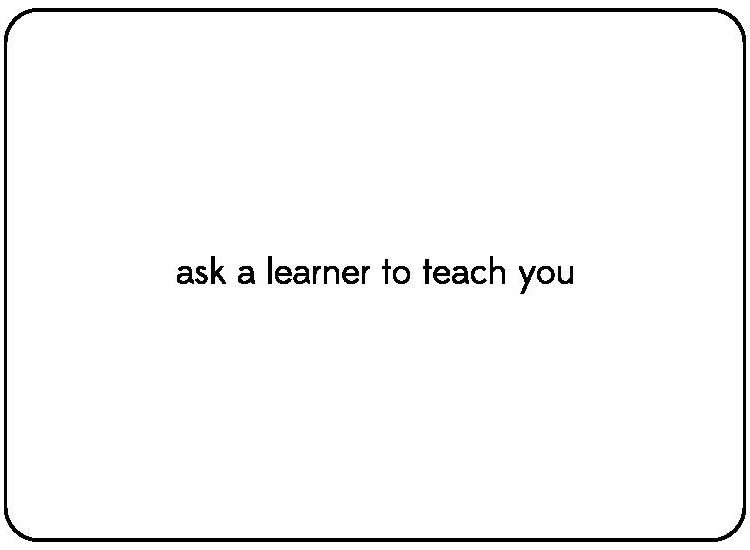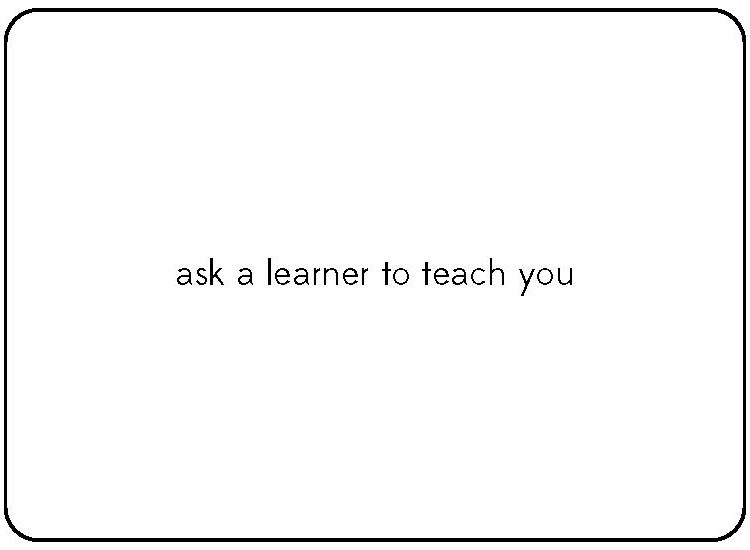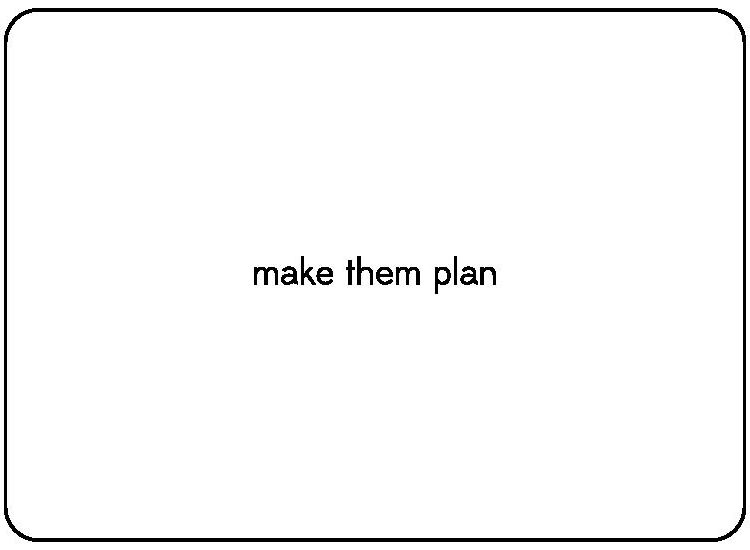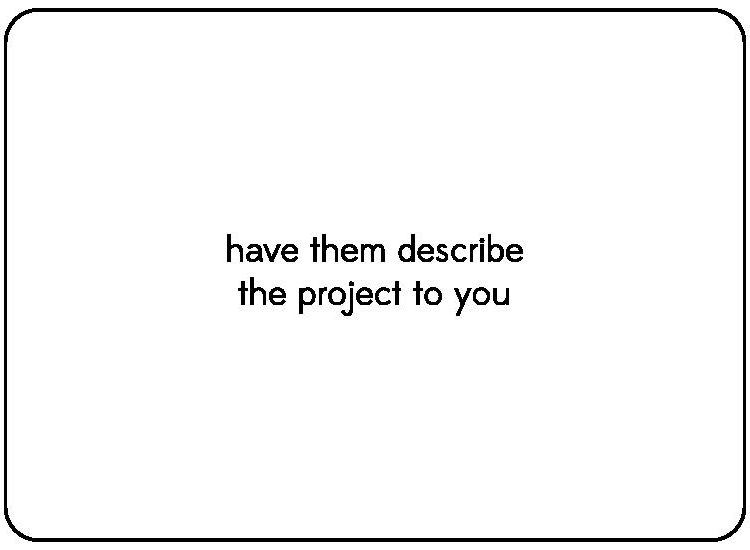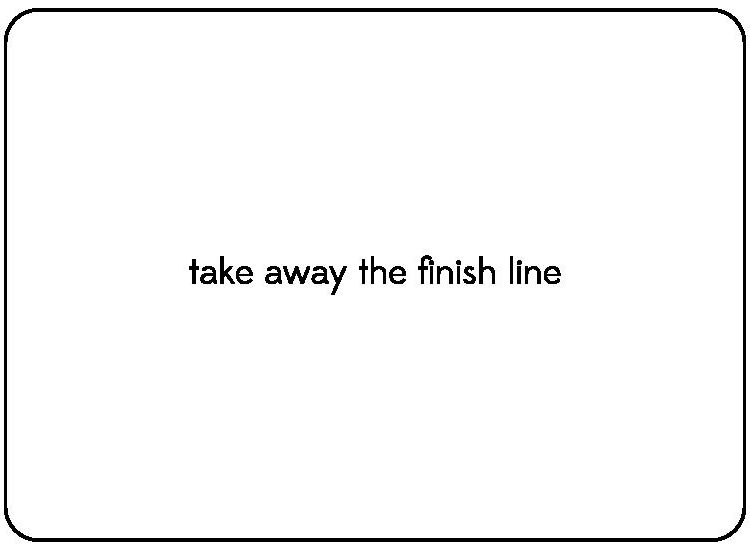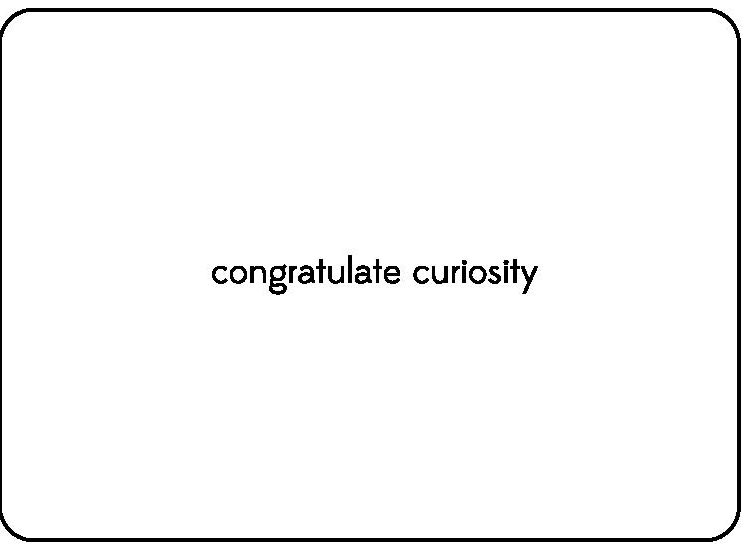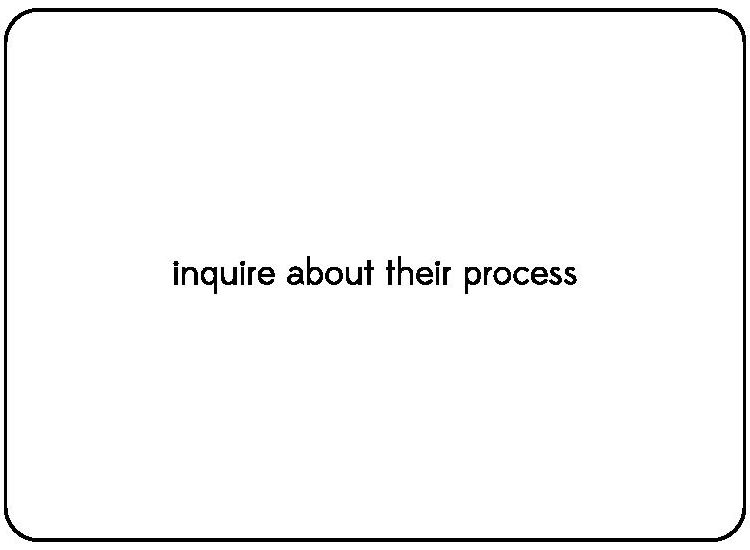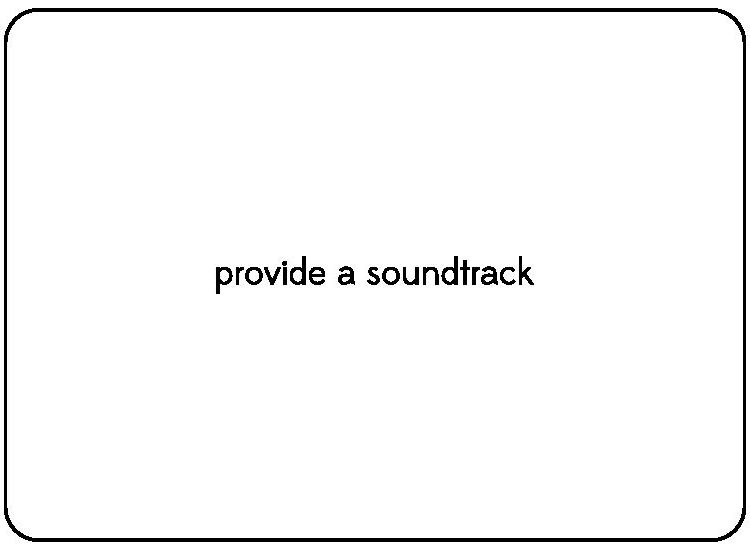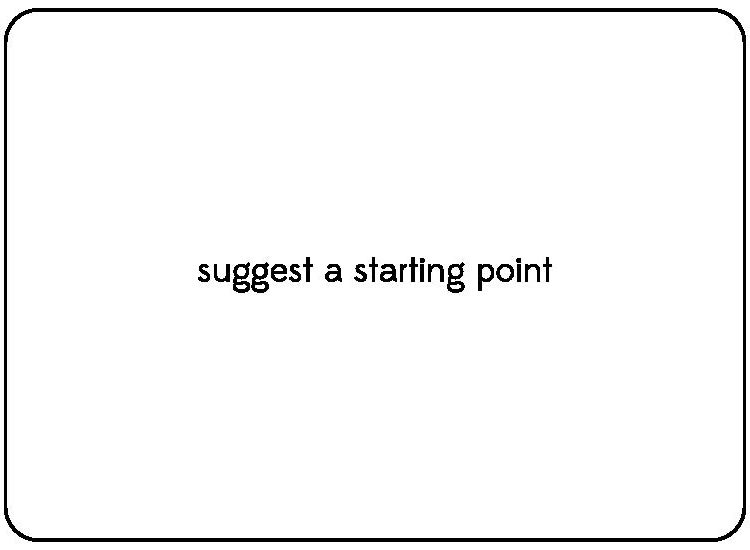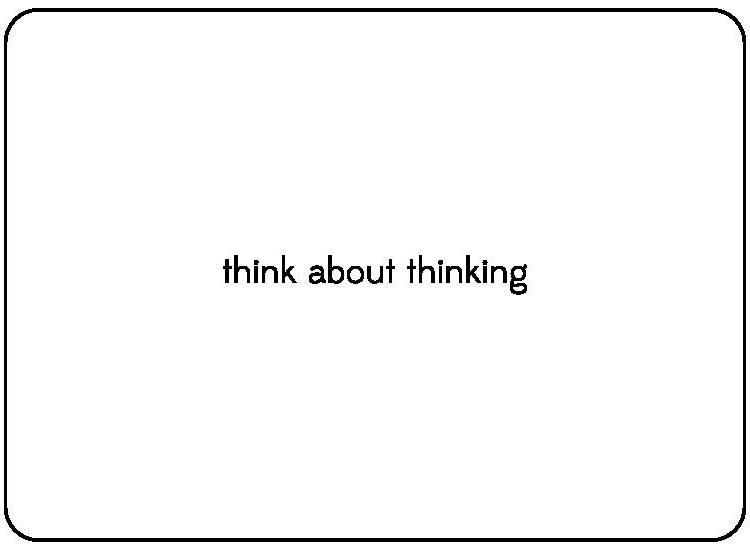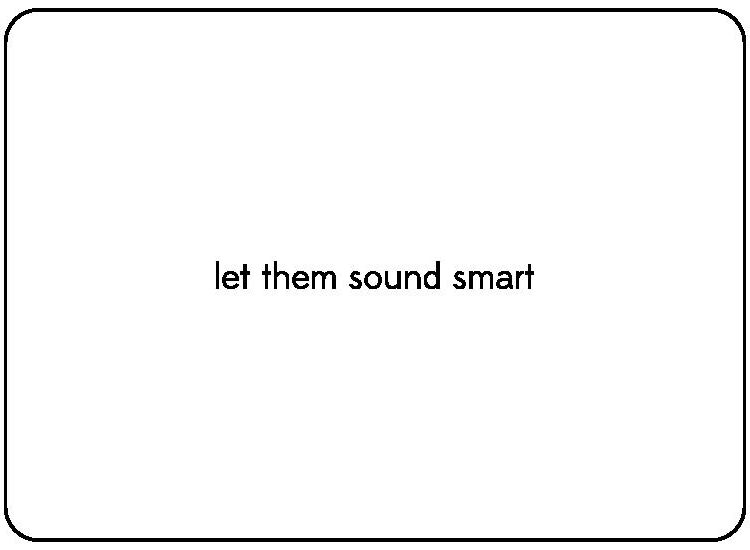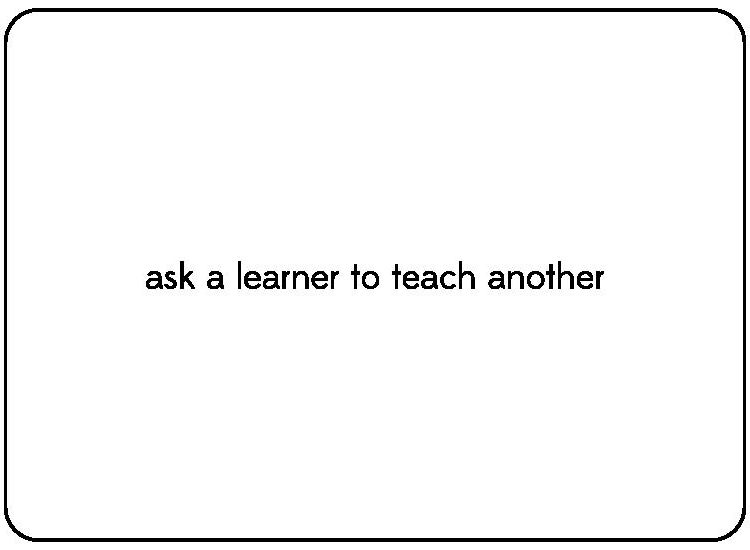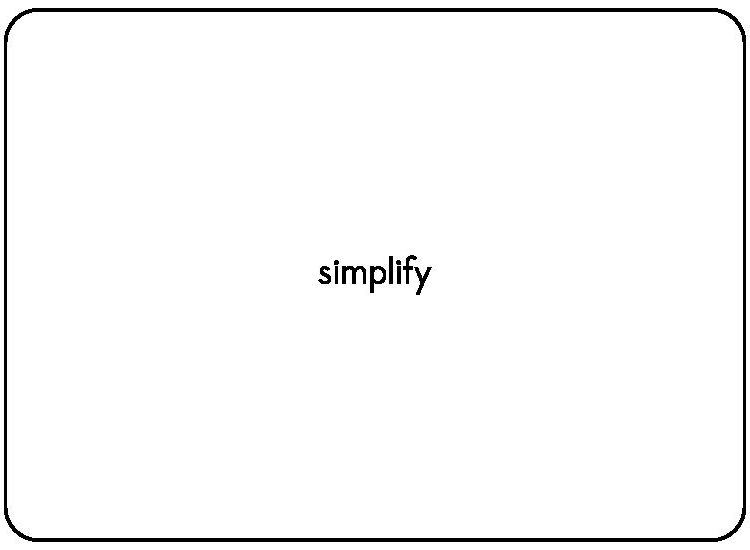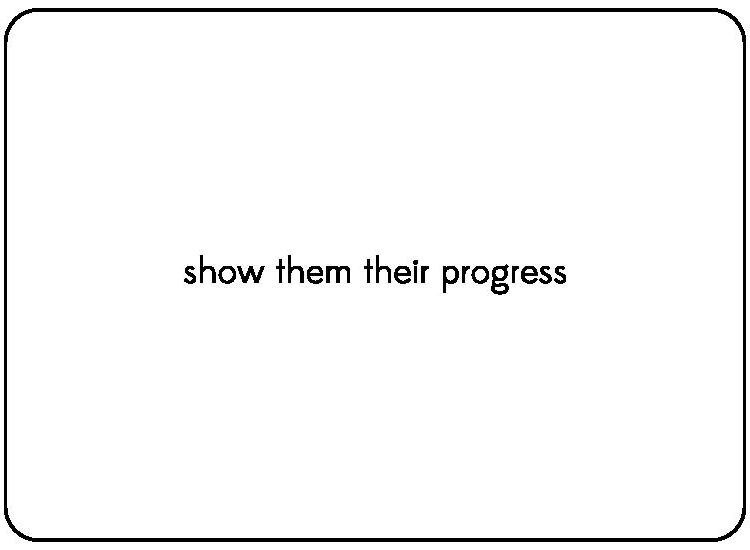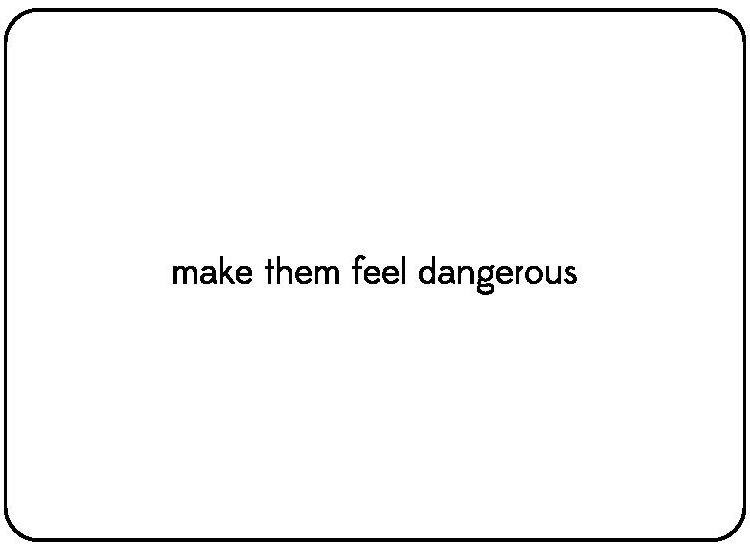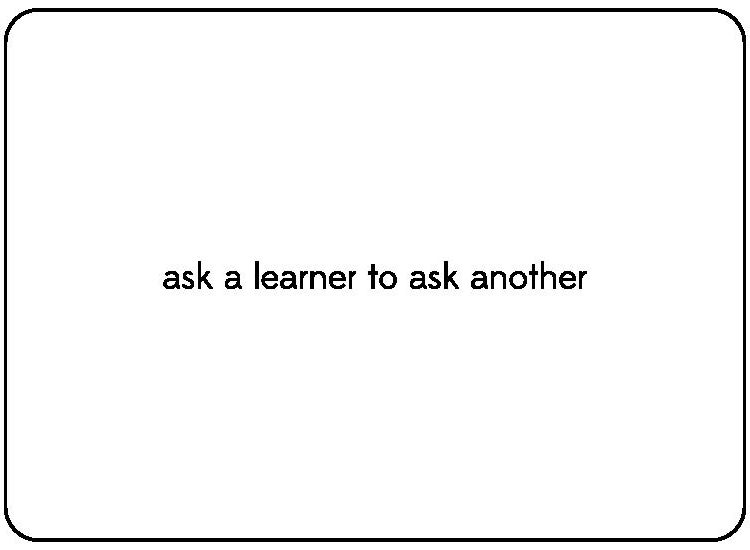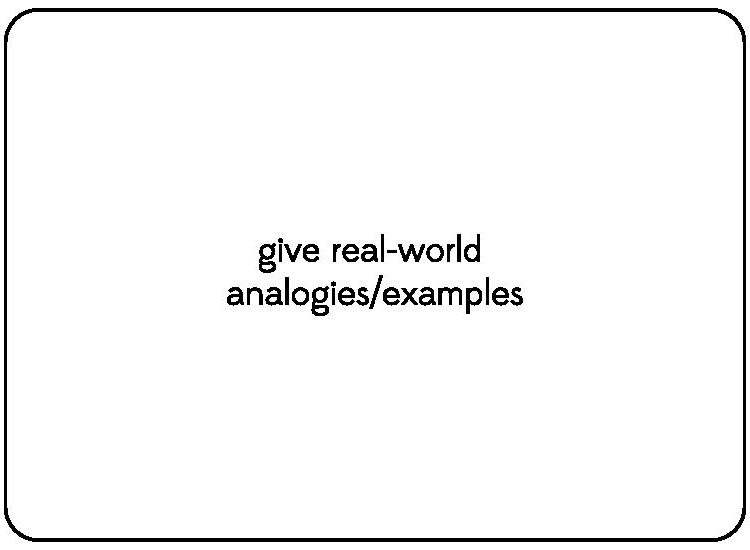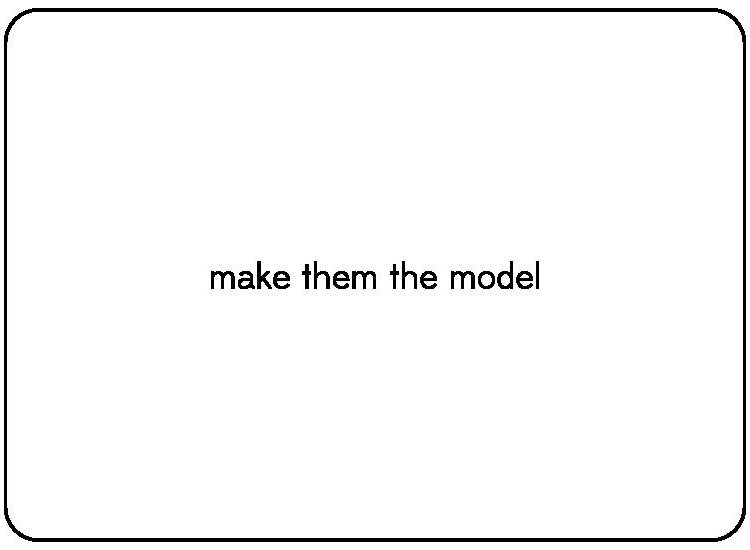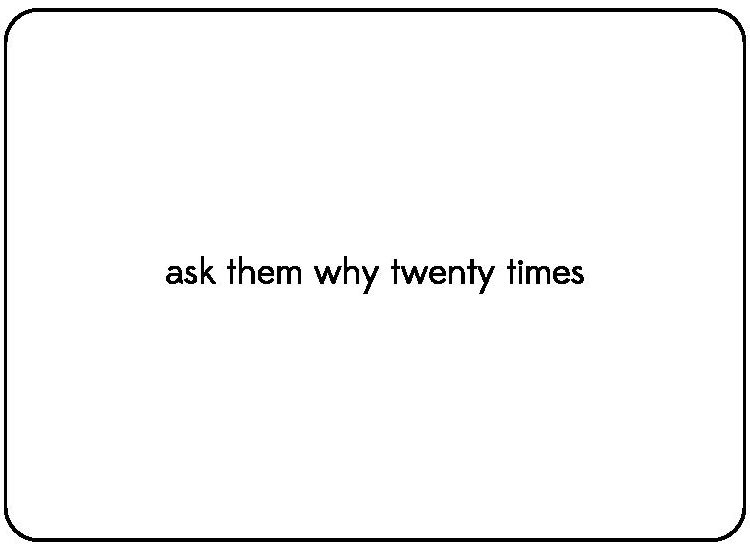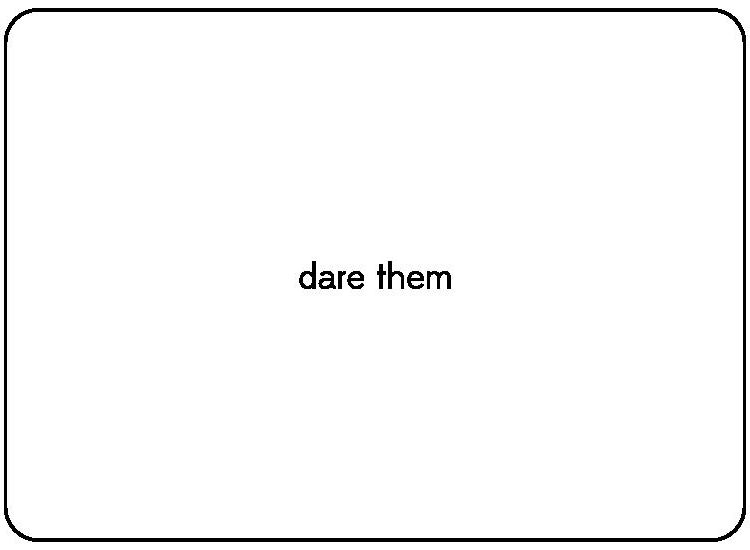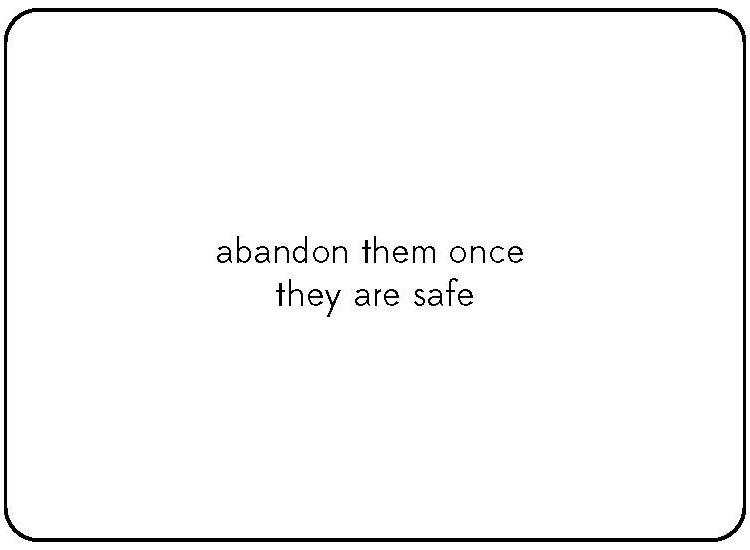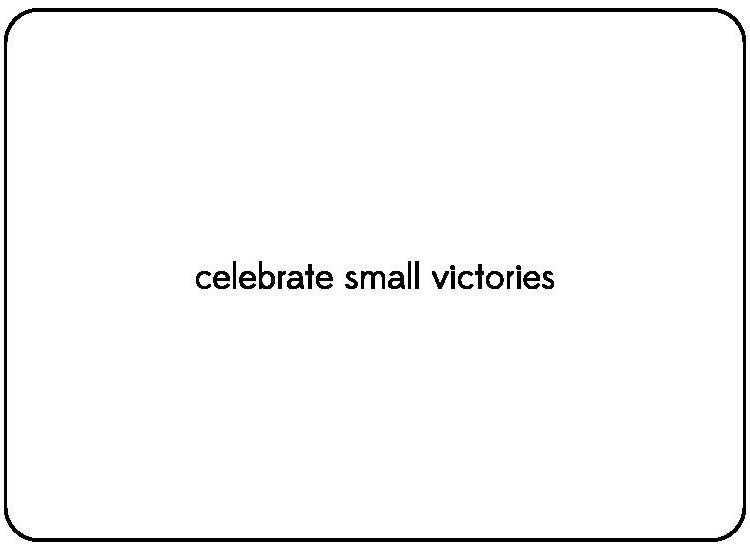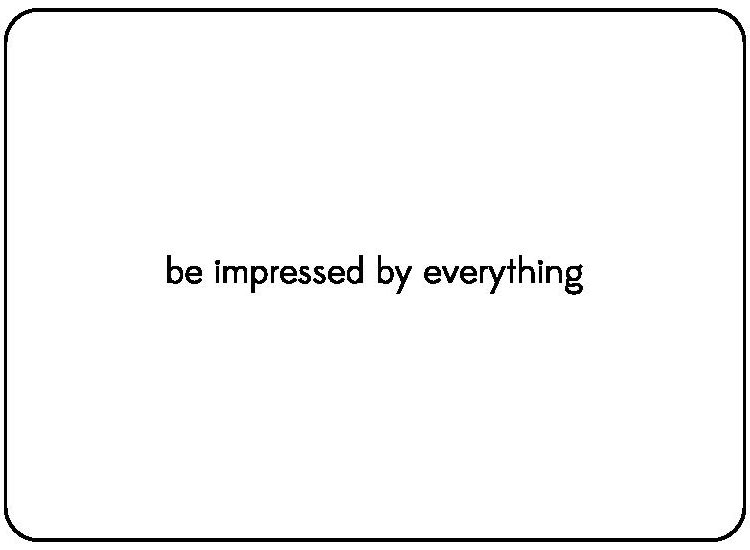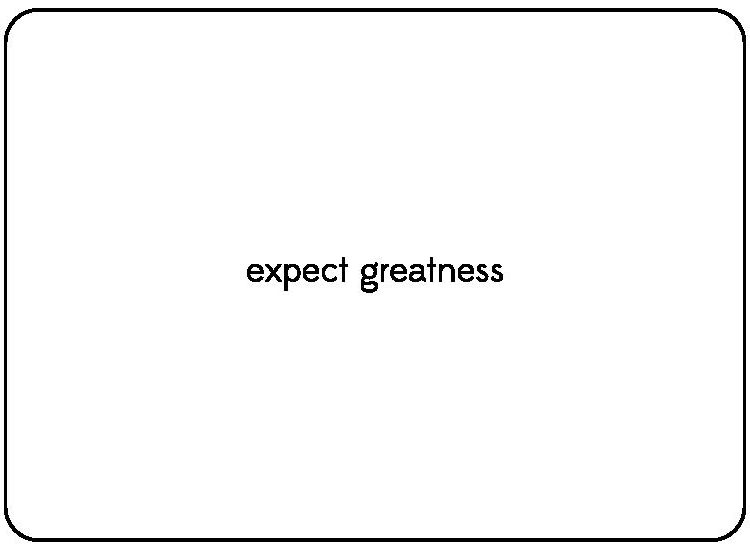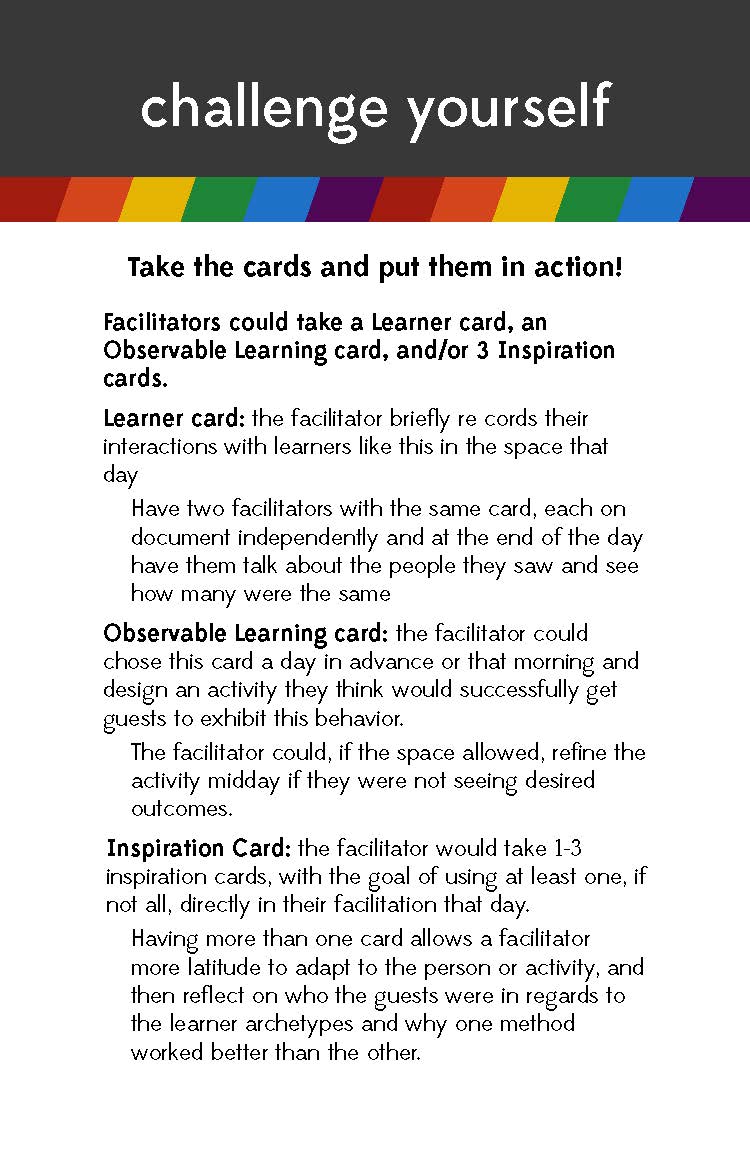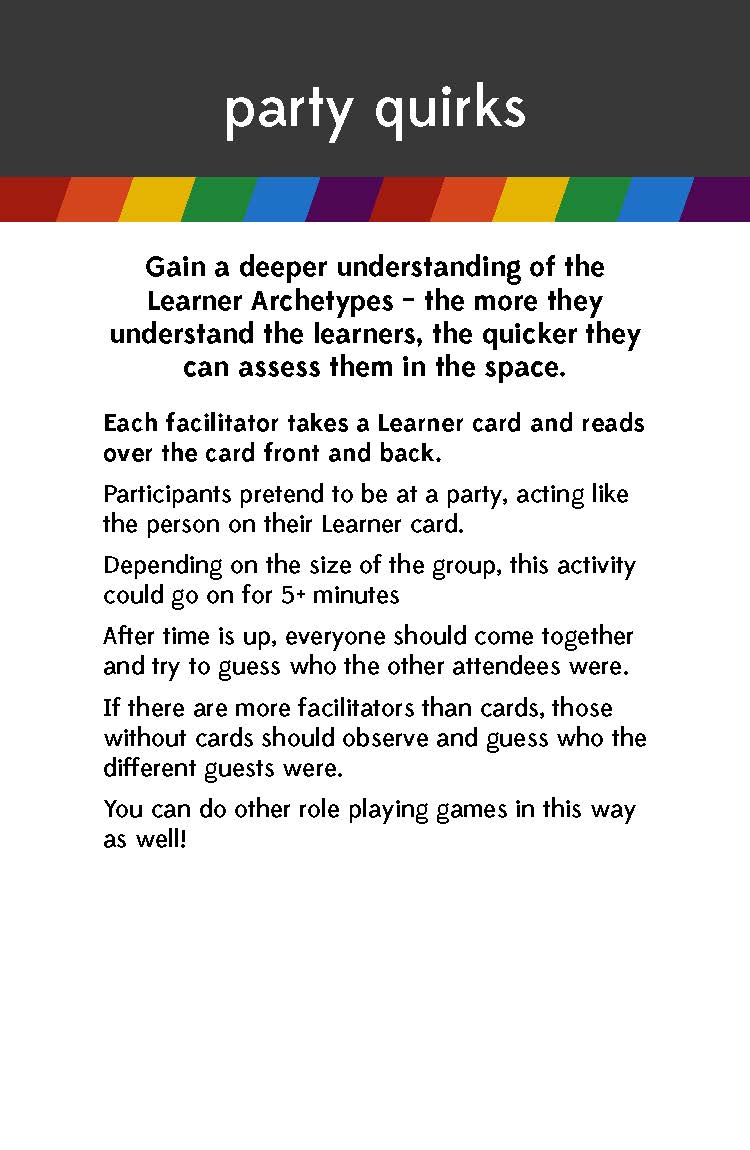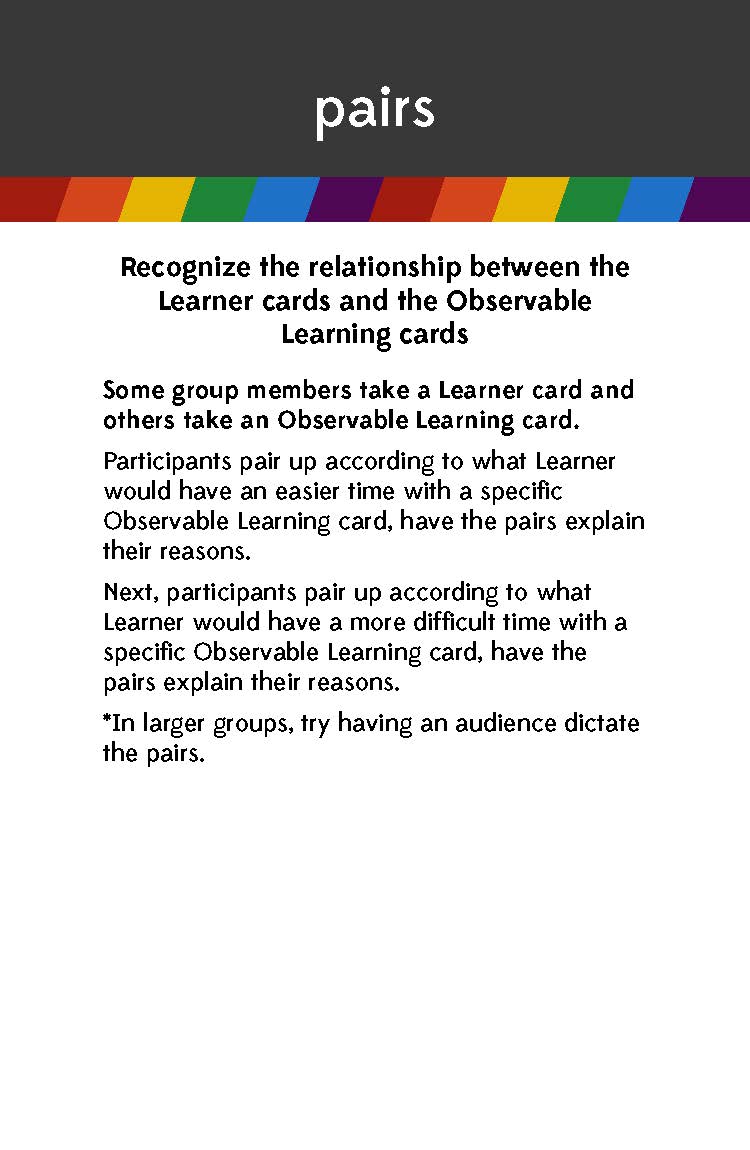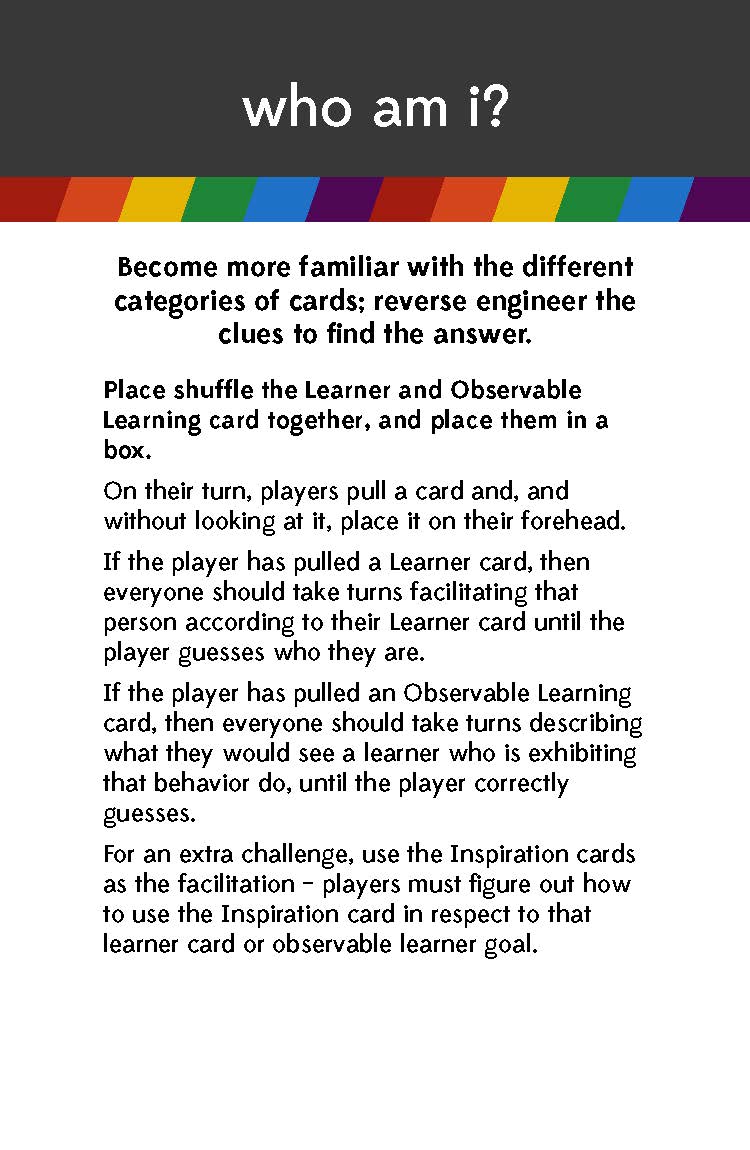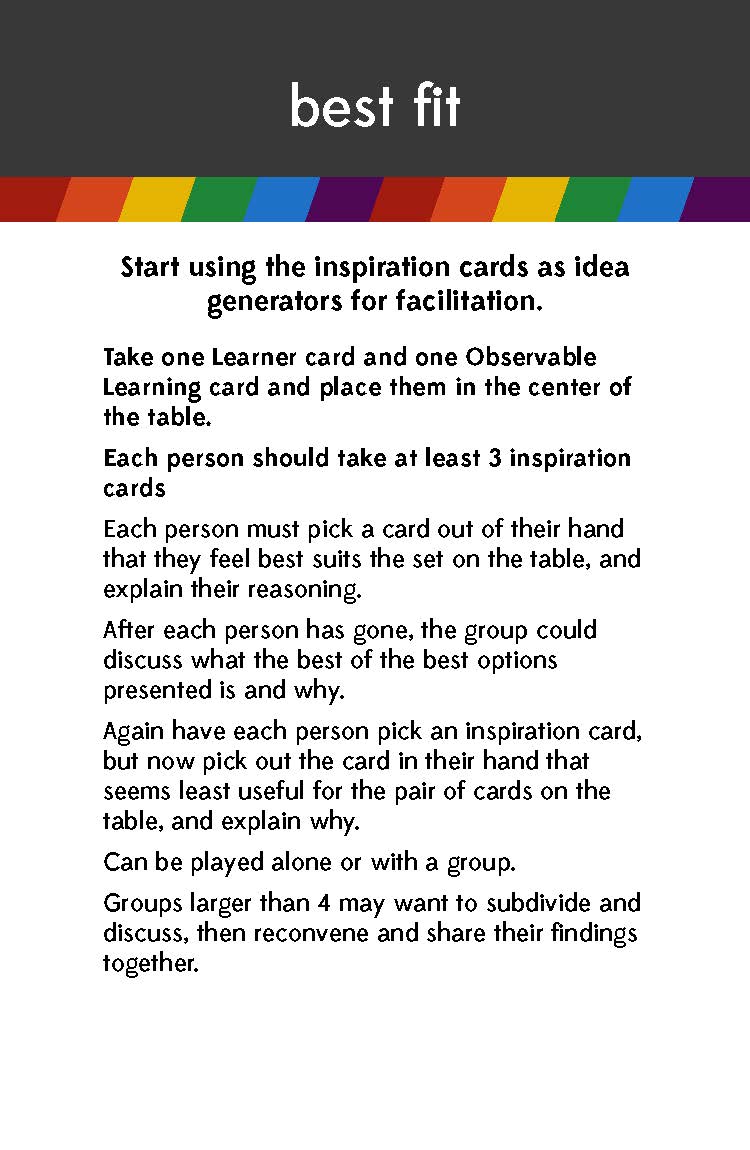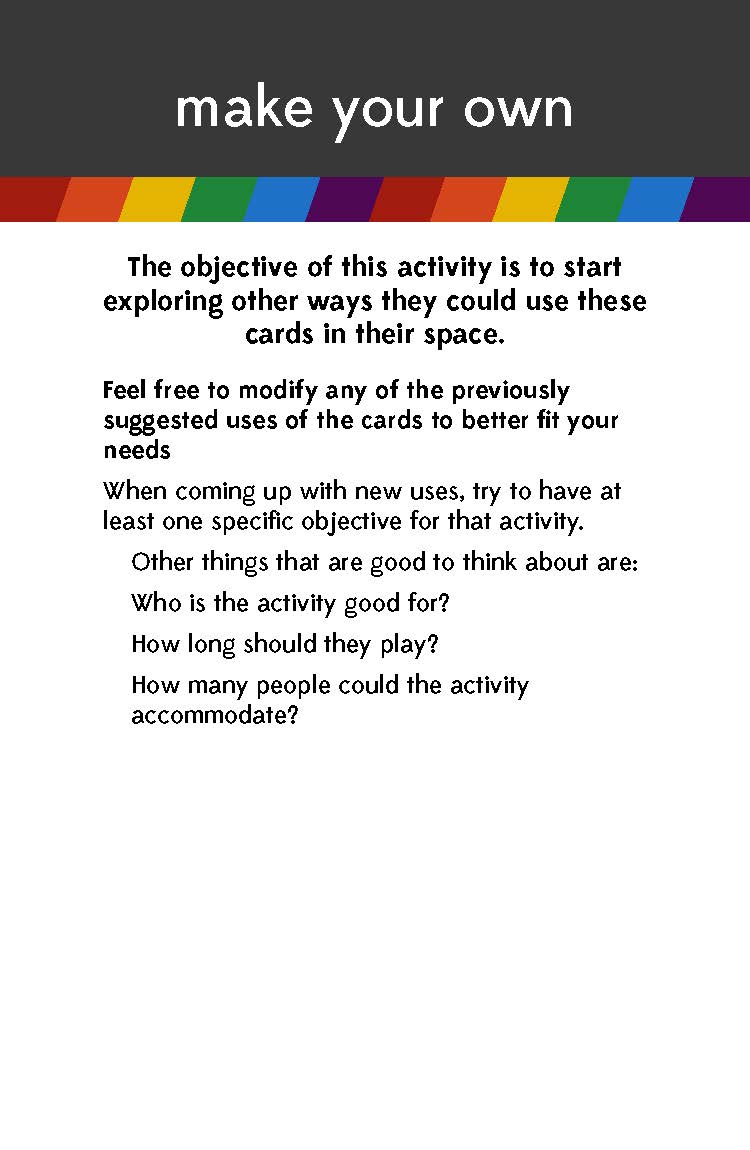Skip to content

The Makerbox is a FREE resource!
Would you like to print them out yourself?
Would you like to order a pre-printed box set for $14.99?
The Learner’s Behavior Model serves as the basis for analyzing guests and where they stand in relation to the three qualities (motivation, resilience, aspiration) needed to function at the fullest capacity inside the MAKESHOP.
To break it down even further and give more information, Aristeia has created a deck of cards that can be used by makerspace staff as a design tool. This deck was designed to aid in the conception of activities, setting up the space, and forming facilitation strategies all to encourage family unit making.
The deck is split into three sections; you can use all of them at the same time (where you’d get the fullest usage out of them) or focus on a specific section. Possible ways to use the cards include but are not limited to:
-
Group Brainstorming Sessions
-
Idea Generation Games (ex. Apples to Apples)
-
Professional Development
-
Personal Self Reflection
Archetype Cards
Looking at all the different combinations of the three qualities (motivation, resilience, aspiration), Aristeia has created eight different archetypes representing the types of people who come to the MAKESHOP. Makerspace guests of all ages (and thus the whole family) can be represented by any of these archetypes, and as such it is important that the activity designers and facilitators of the space account for all of them.
Each card displays an archetype’s name, an illustration, short description, and where on the axis of each of the three qualities they stand on. Questions/topics for consideration of designing for that archetype are printed on the back.
It is important to note that none of these archetypes are “bad” and unsuited for a makerspace. They just need guidance to become “The Maker” and will present unique challenges in doing so.
It is also important to note that one person can easily model each of these archetypes. Their behaviors can be dependent on how their day is going, and can shift depending on how they are responding to design and facilitation of the makerspace.
Observable Learning
You cannot design for a guest without knowing the goals of the space. To aid in using our eight archetypes and Learner Archetype Model, Aristeia has taken the MAKESHOP’s seven Principles of Practice and have displayed them in a similar format to our archetype cards.
These Principles of Practice are behaviors displayed by learners in the makerspace that show when “learning” is taking place and by that nature, that the activity/space layout/facilitation strategy is working.
-
For more information on the MAKESHOP’s seven Principles of Practice, click here.
- It is important to note that while these behaviors can apply to any makerspace, they may not all apply depending on that makerspace’s specific goal and mission statement.
Each card displays a Principle of Practice, an illustration, short description, and are color coded to show which of the three qualities (motivation, resilience, aspiration) is needed for that behavior to most likely take place. Questions/topics for consideration of designing for that Principle of Practice are printed on the back.
Inspiration
Occasionally, a designer can get stumped even if he/she knows what guest to design for and what measures of success to look for. To provide aid when this happens, Aristeia has taken various facilitation strategies and displayed in a one-line format.
Each card is roughly half the size of the rest of the deck, displays a facilitation suggestion on one side, and the Makerbox logo on the other.

Games
Users are welcome to use these cards any way they like. Below we have provided suggestions on games and activities that we have seen work exceptionally well with brainstorming family unit facilitation strategies.


